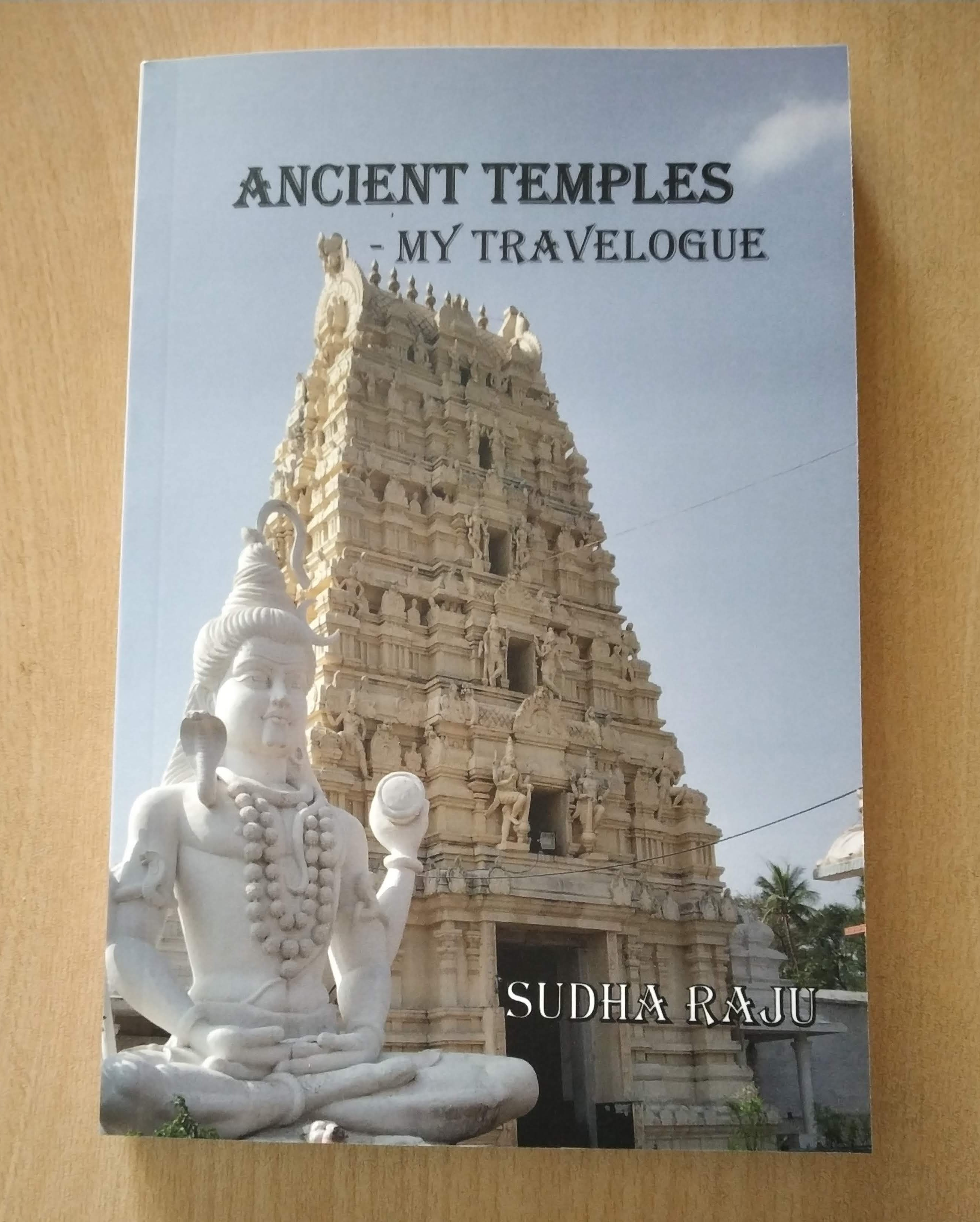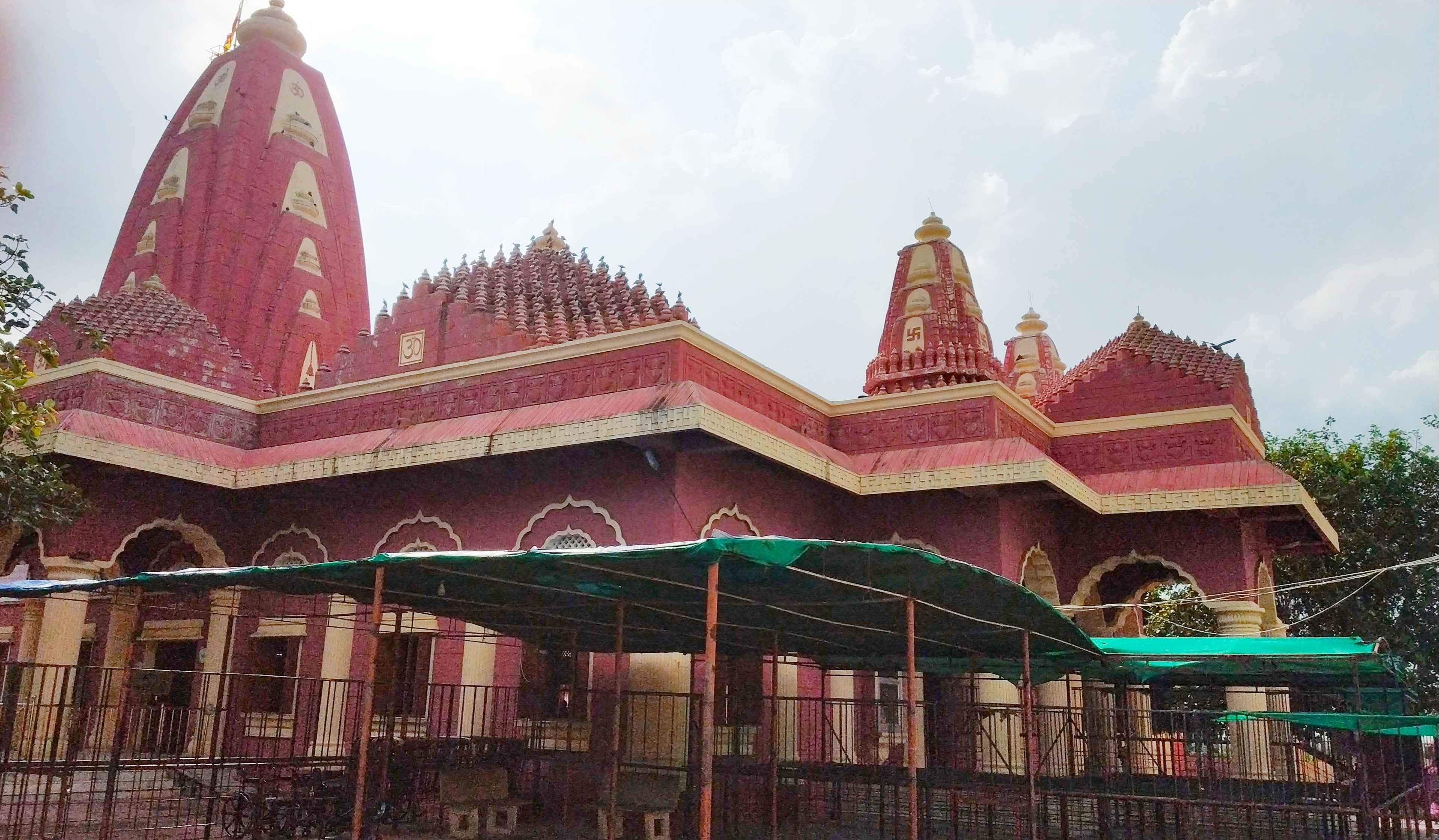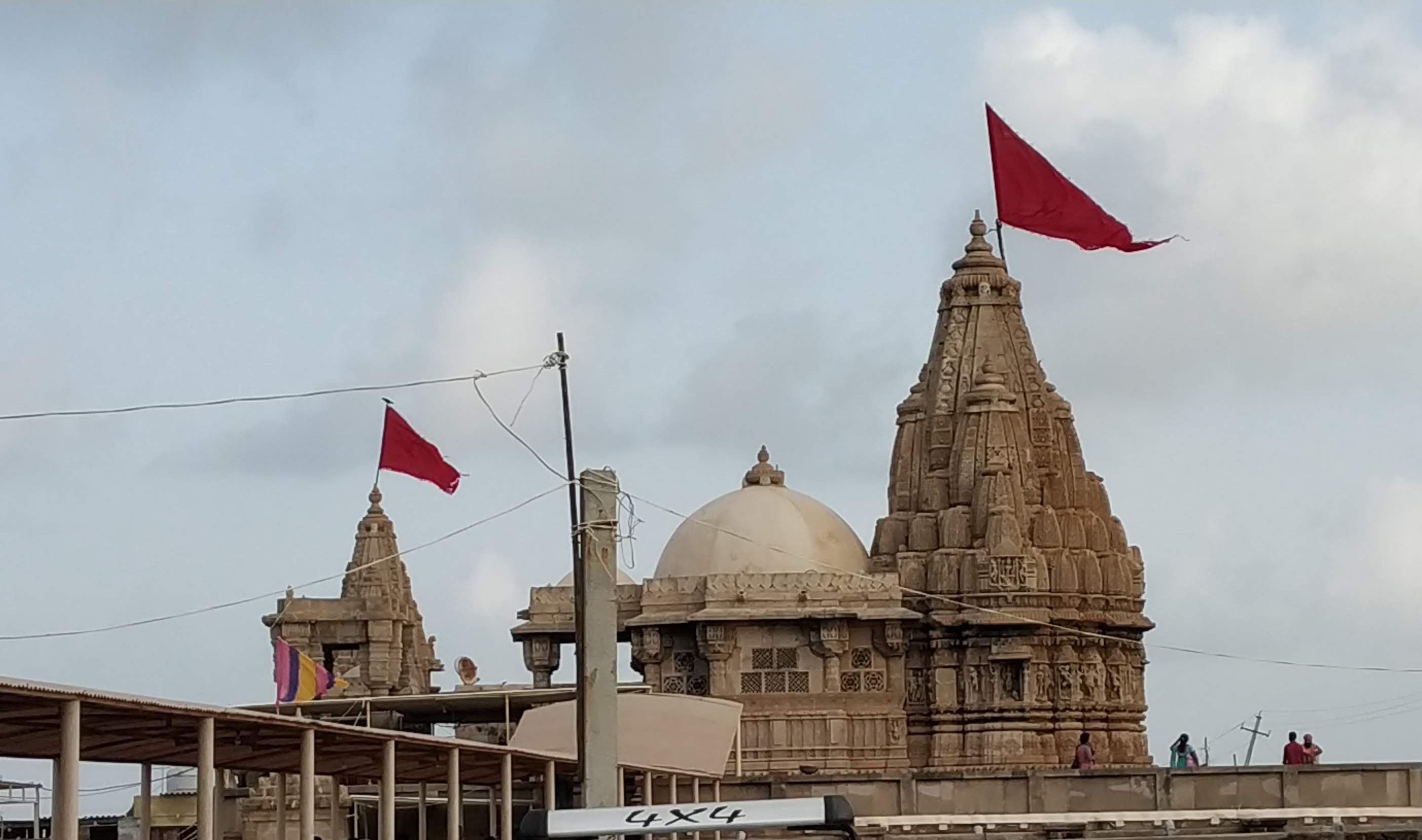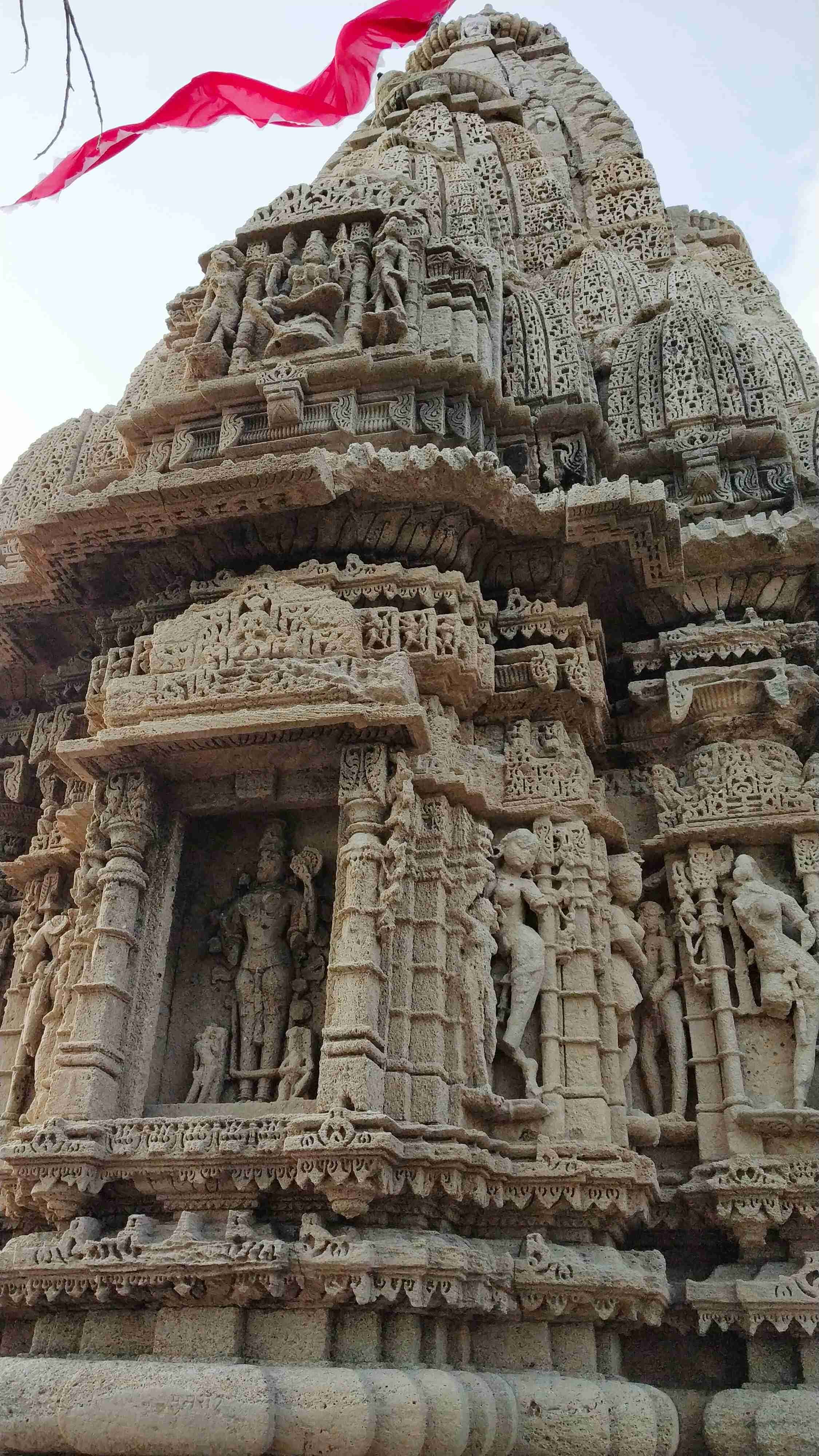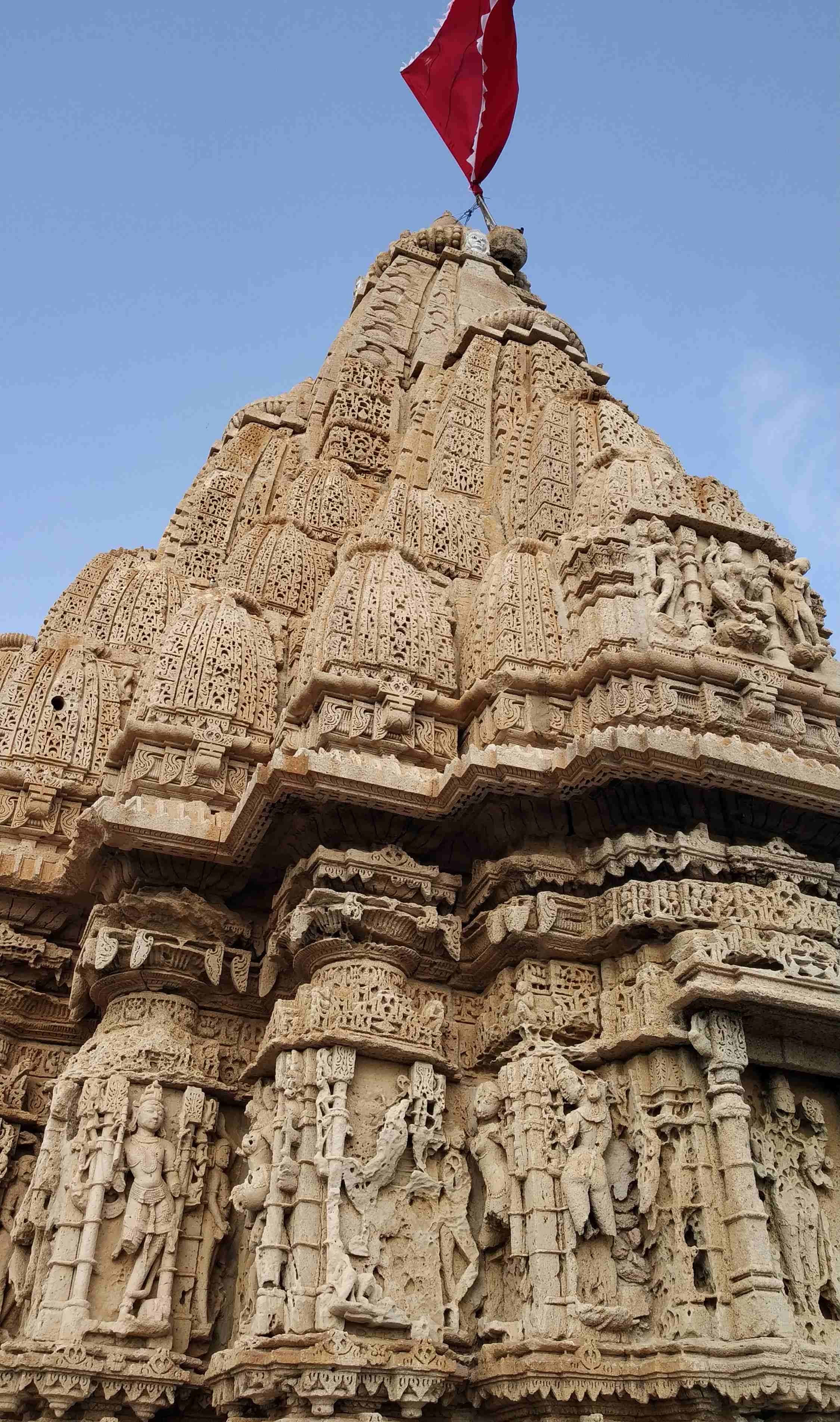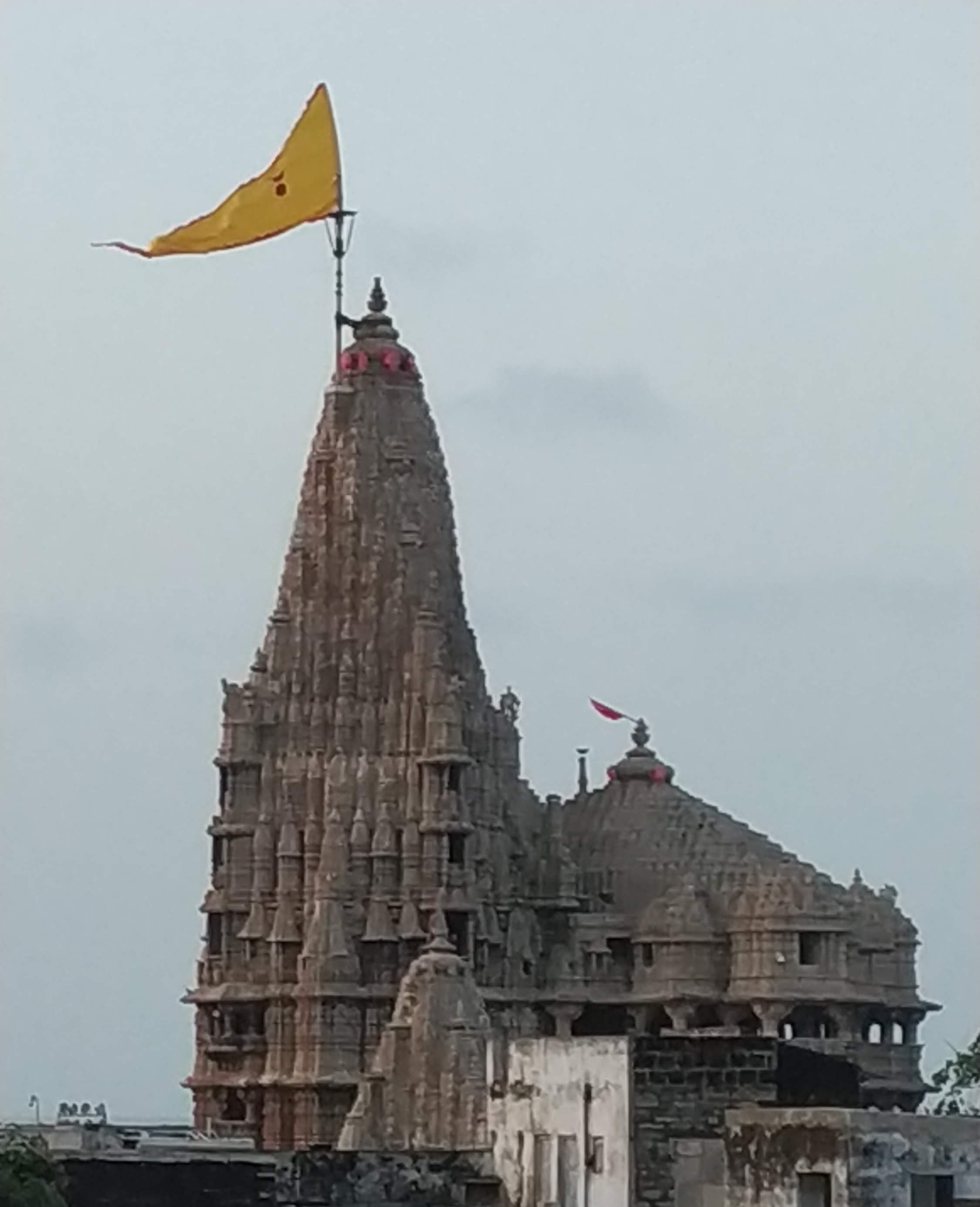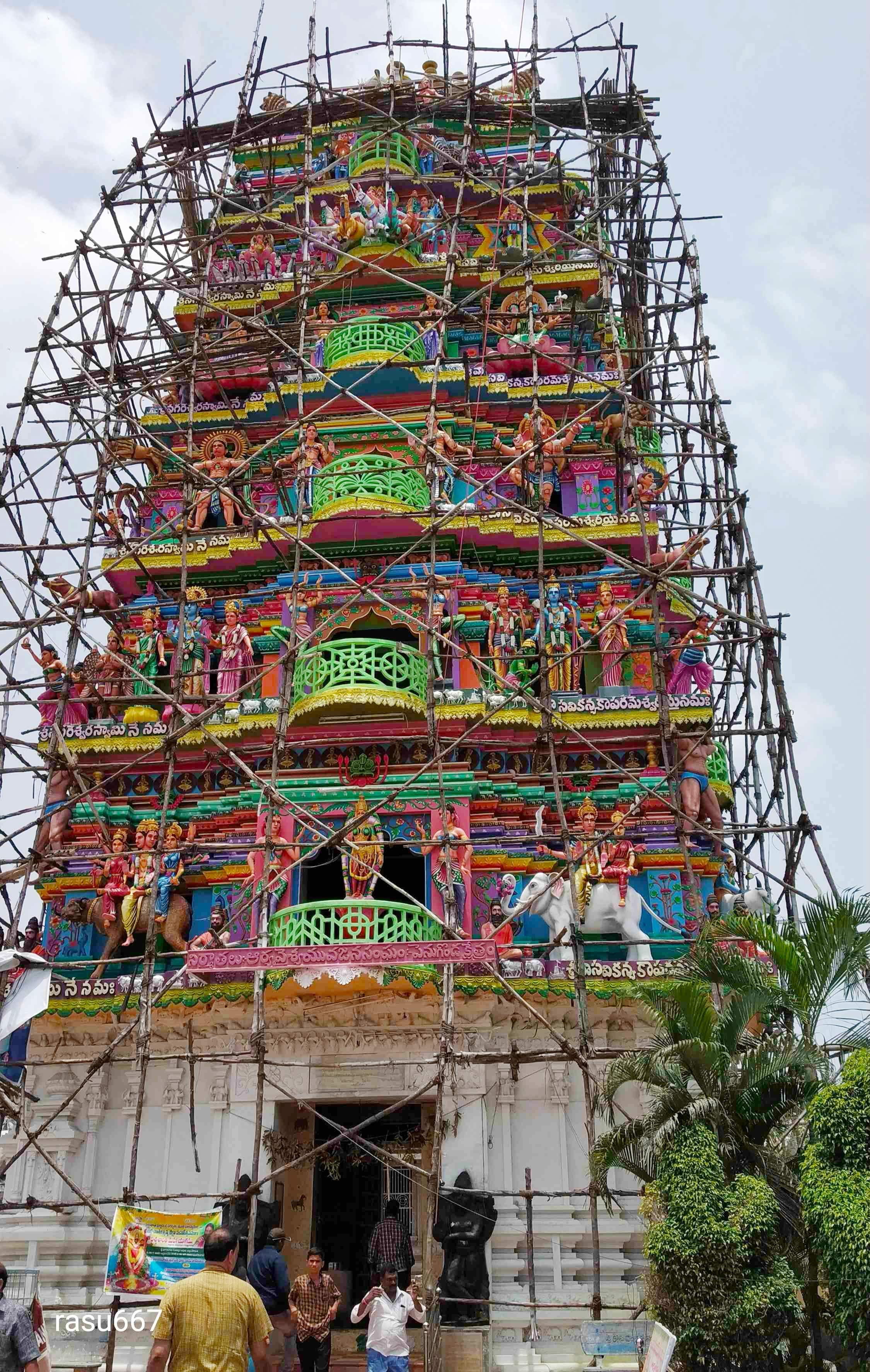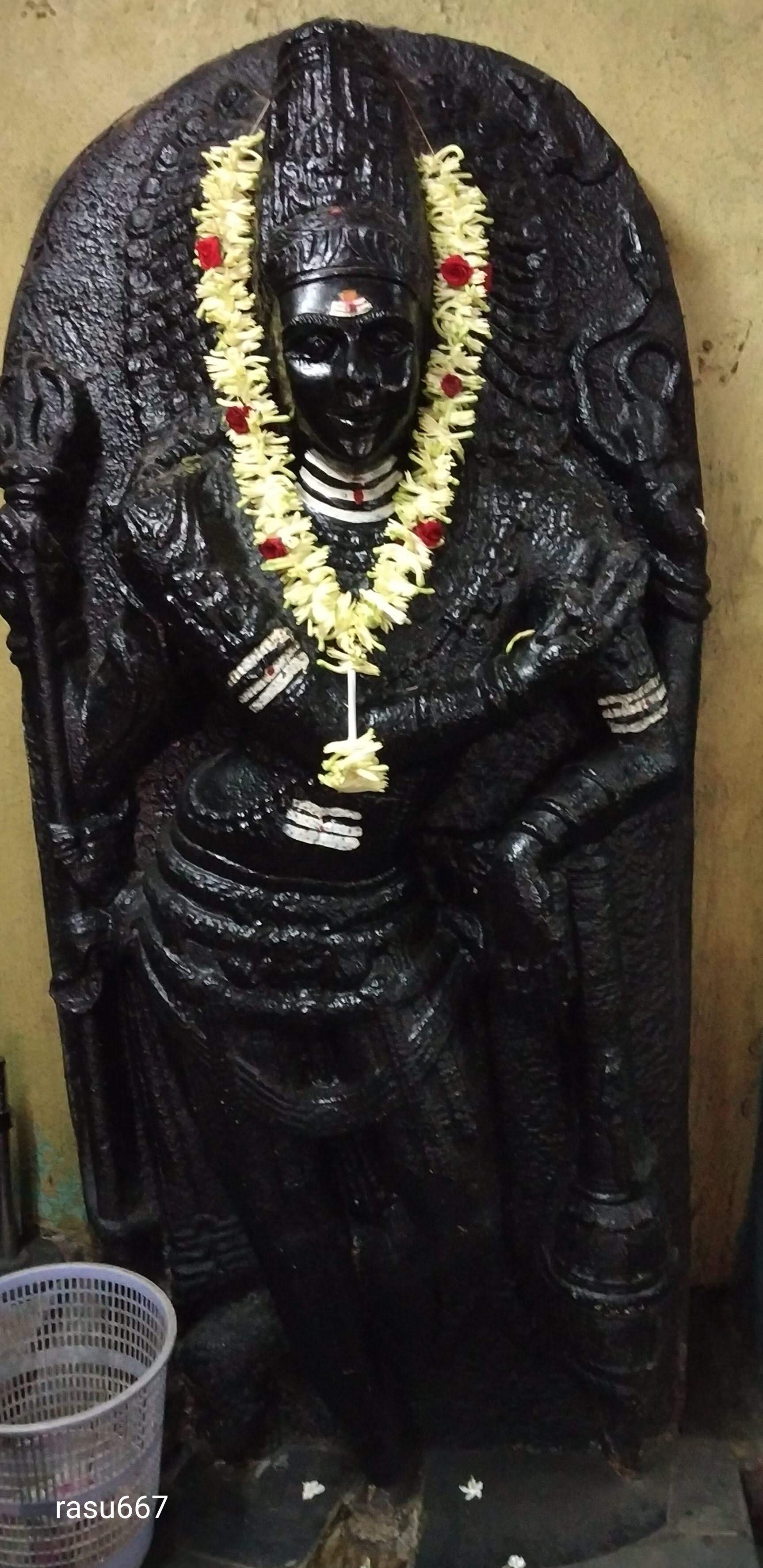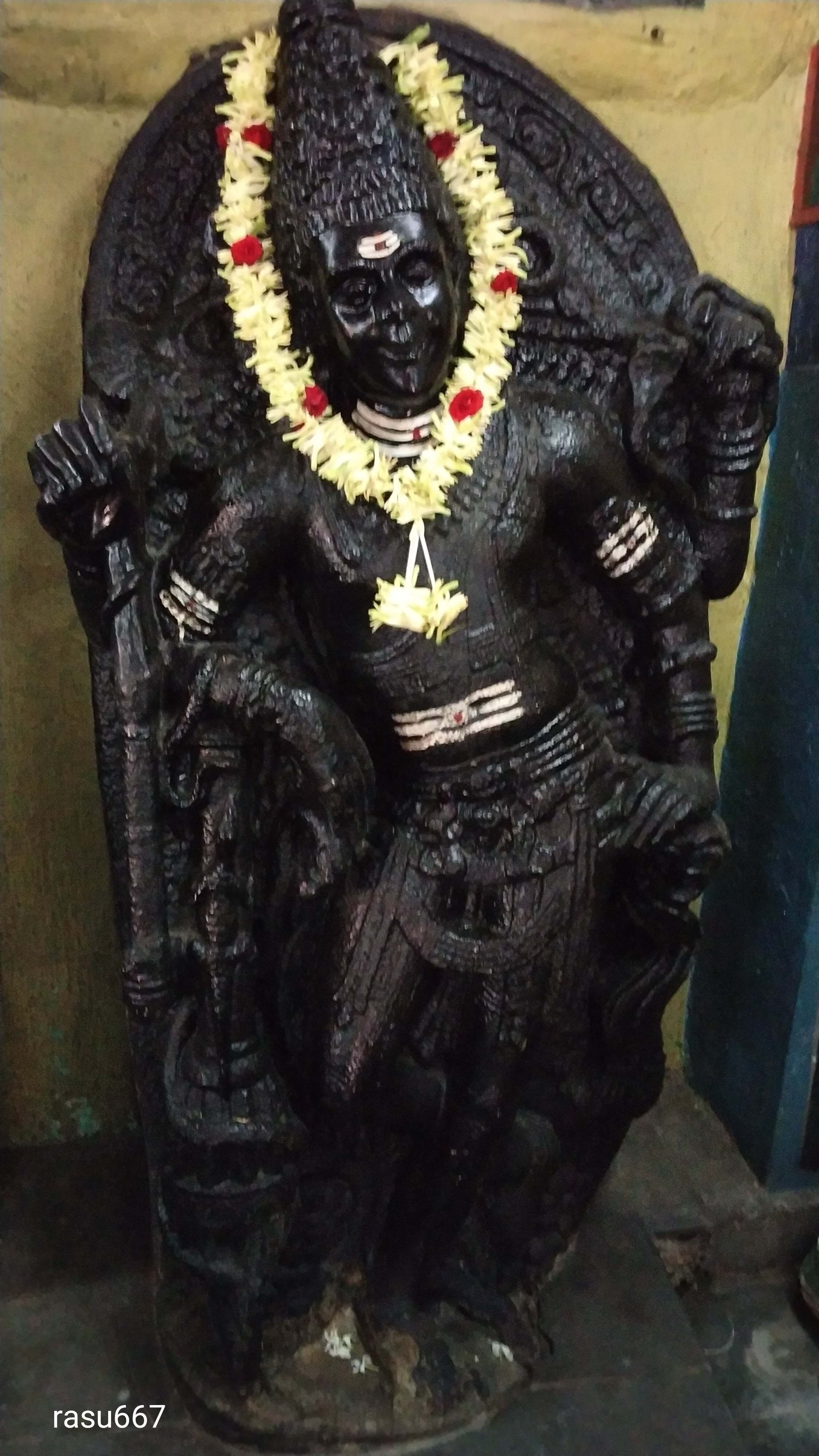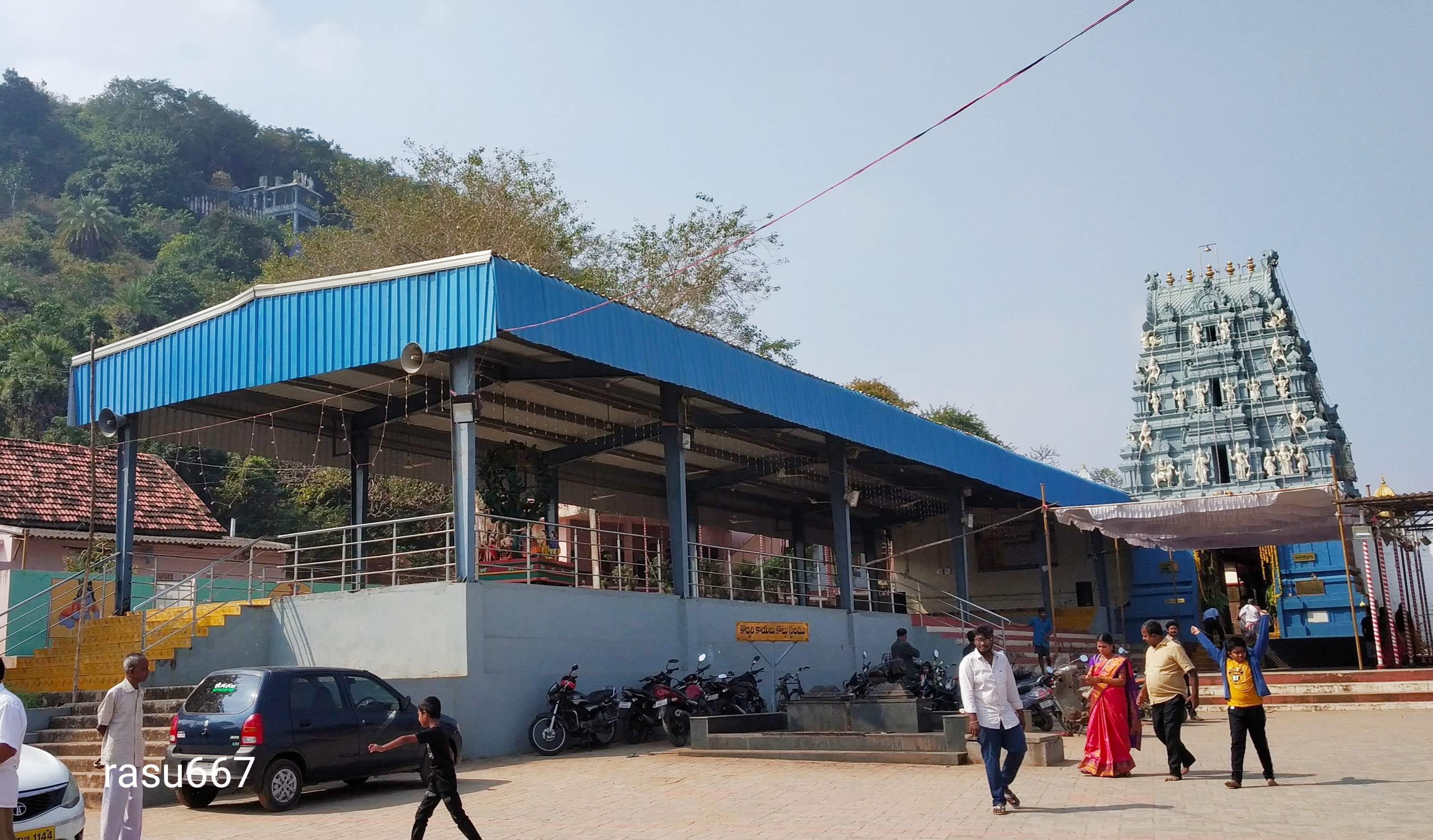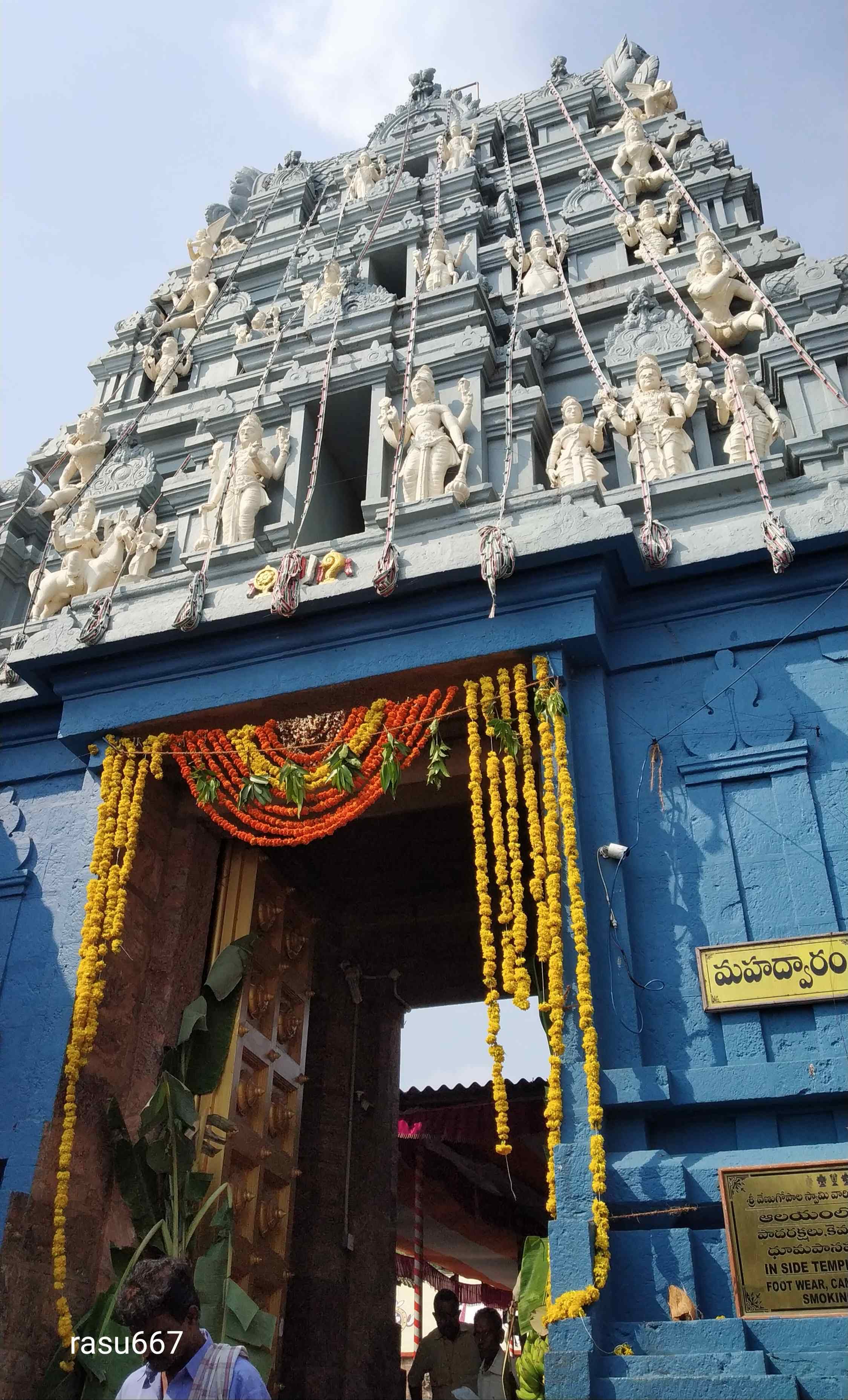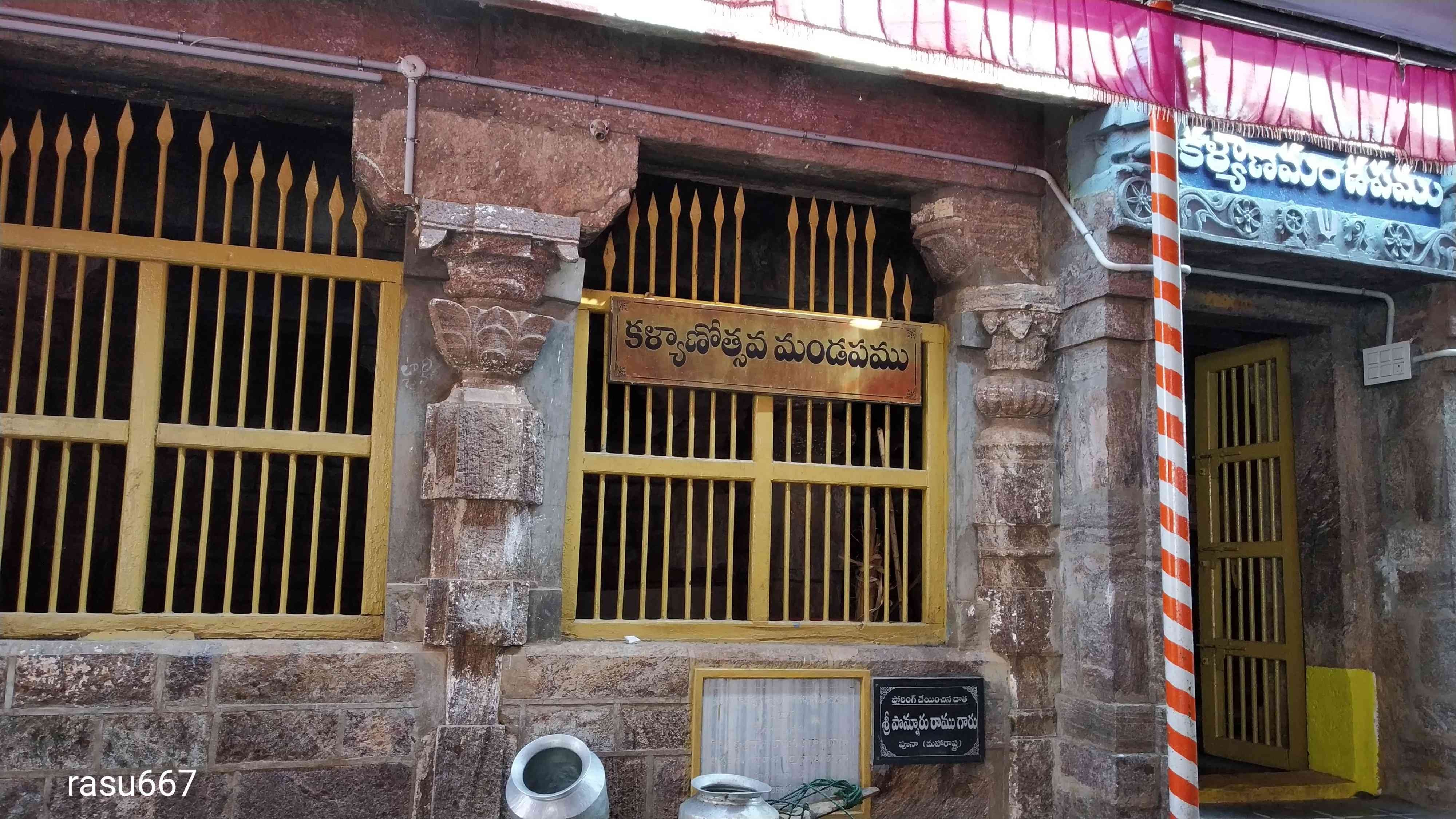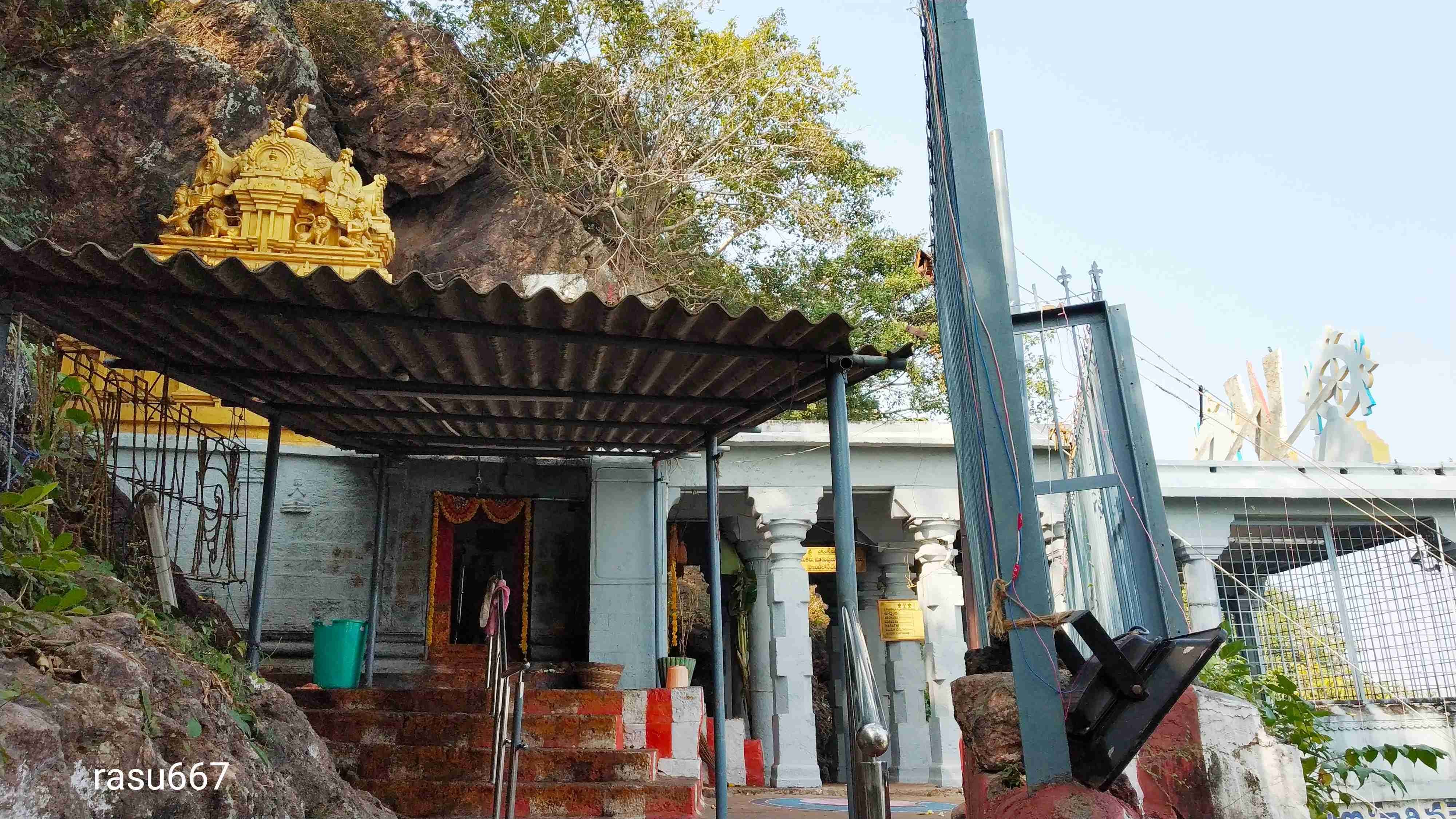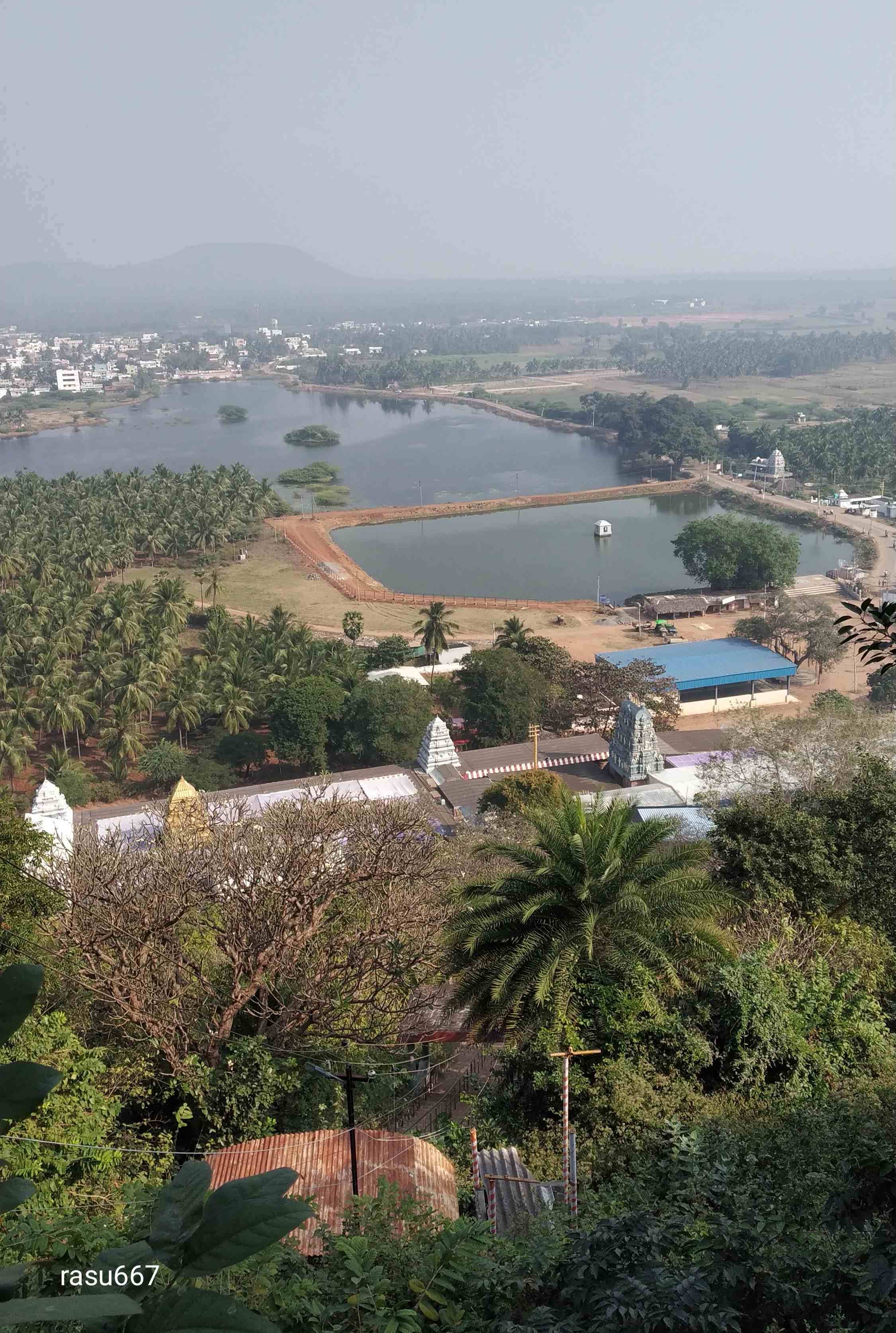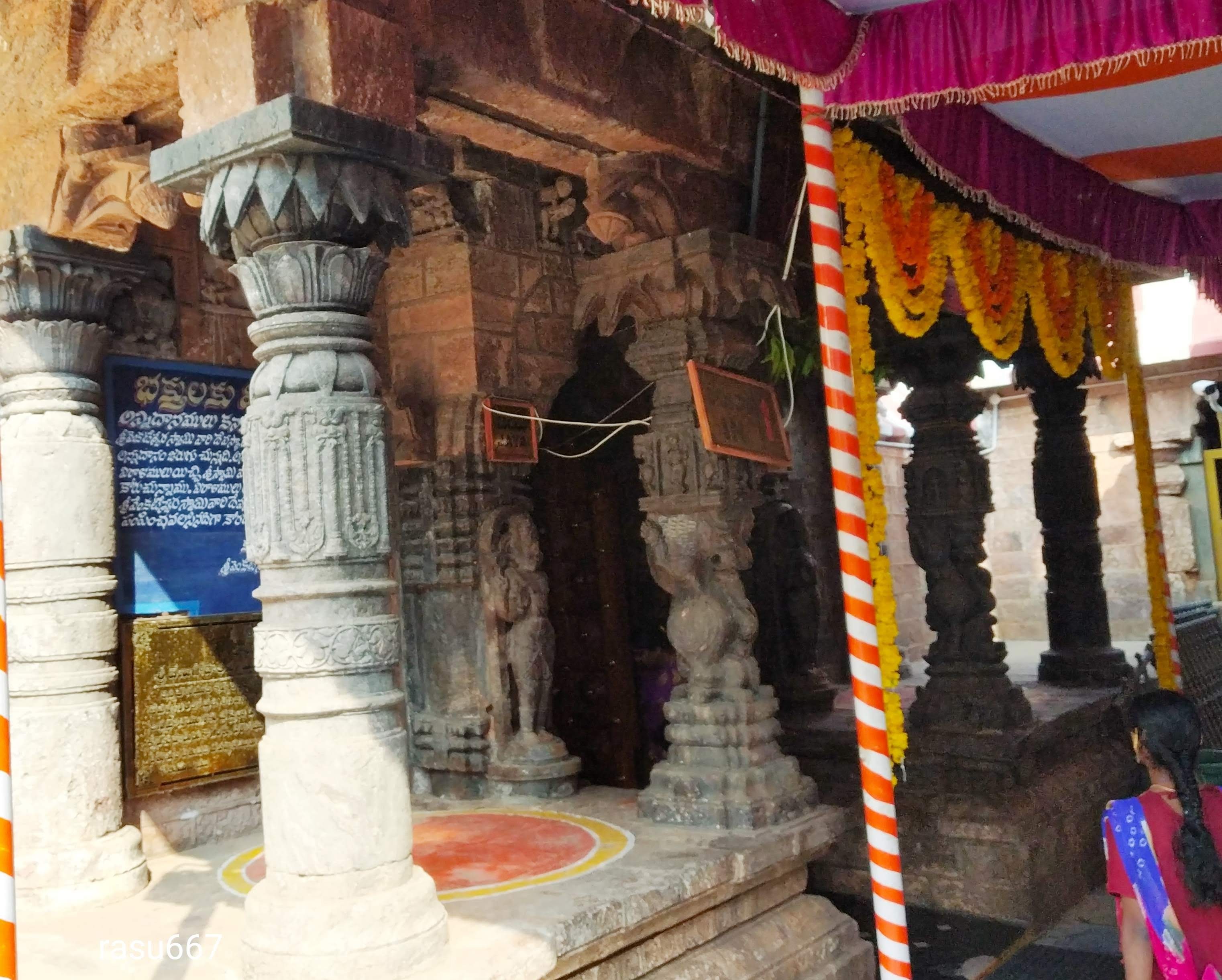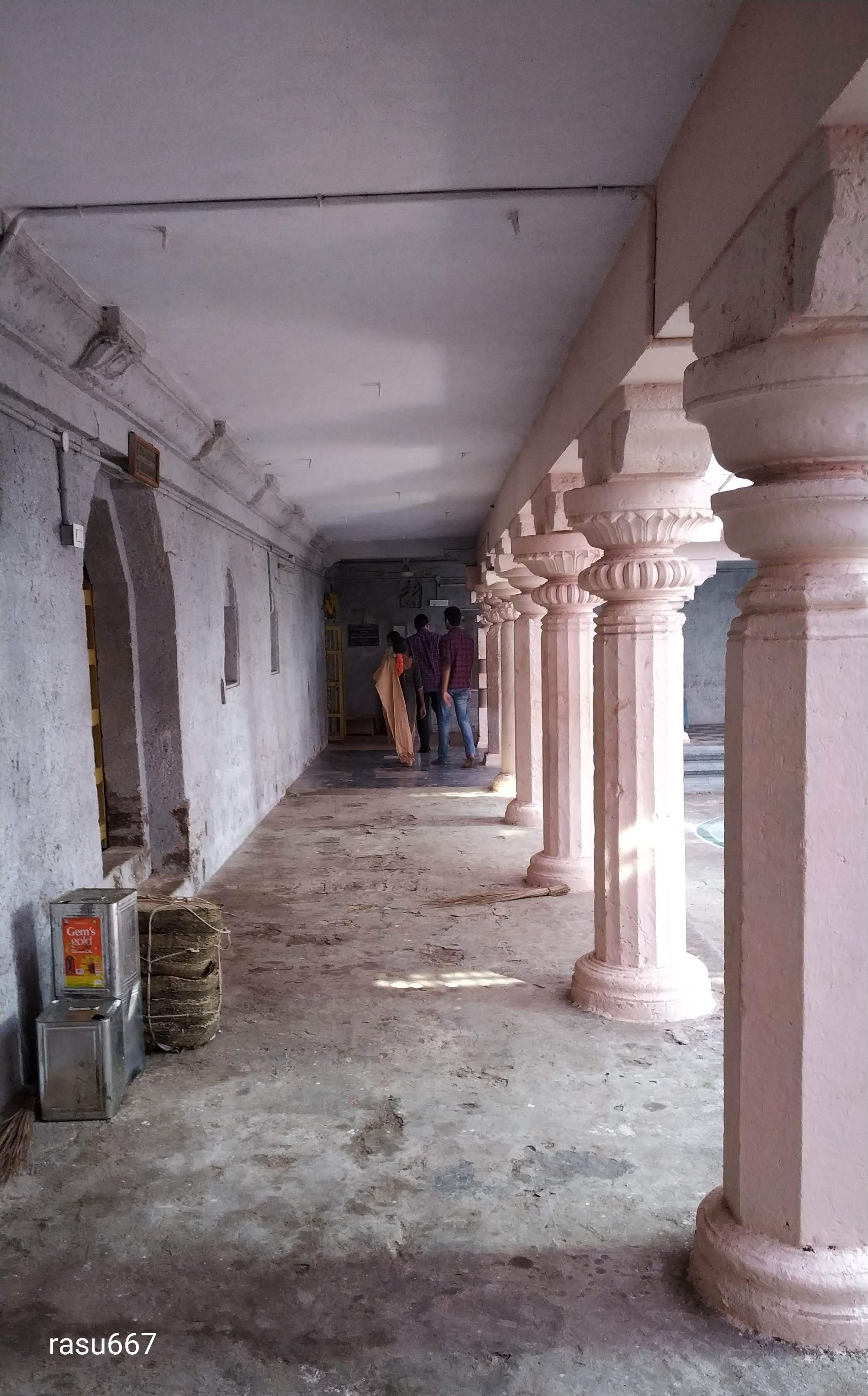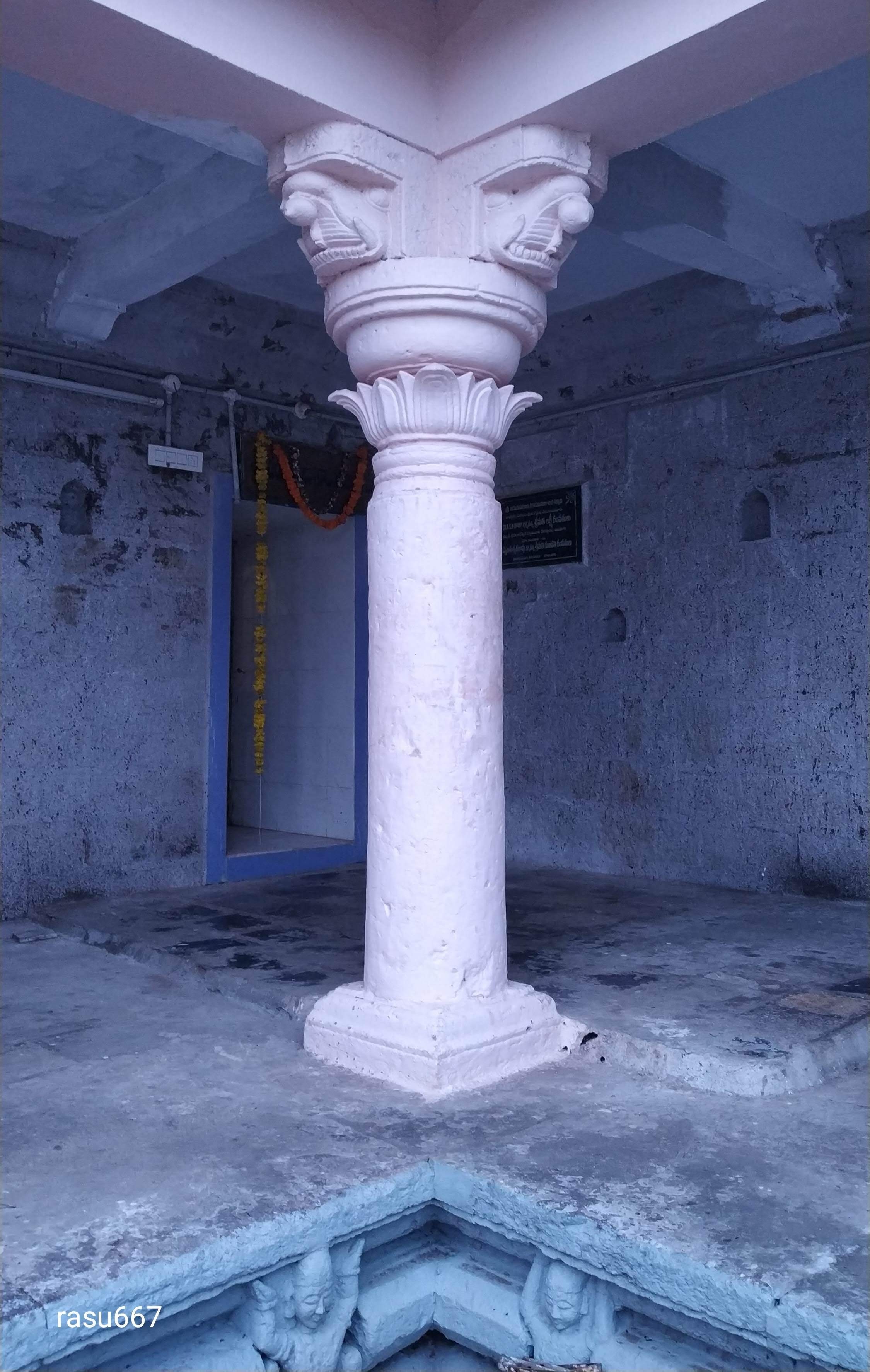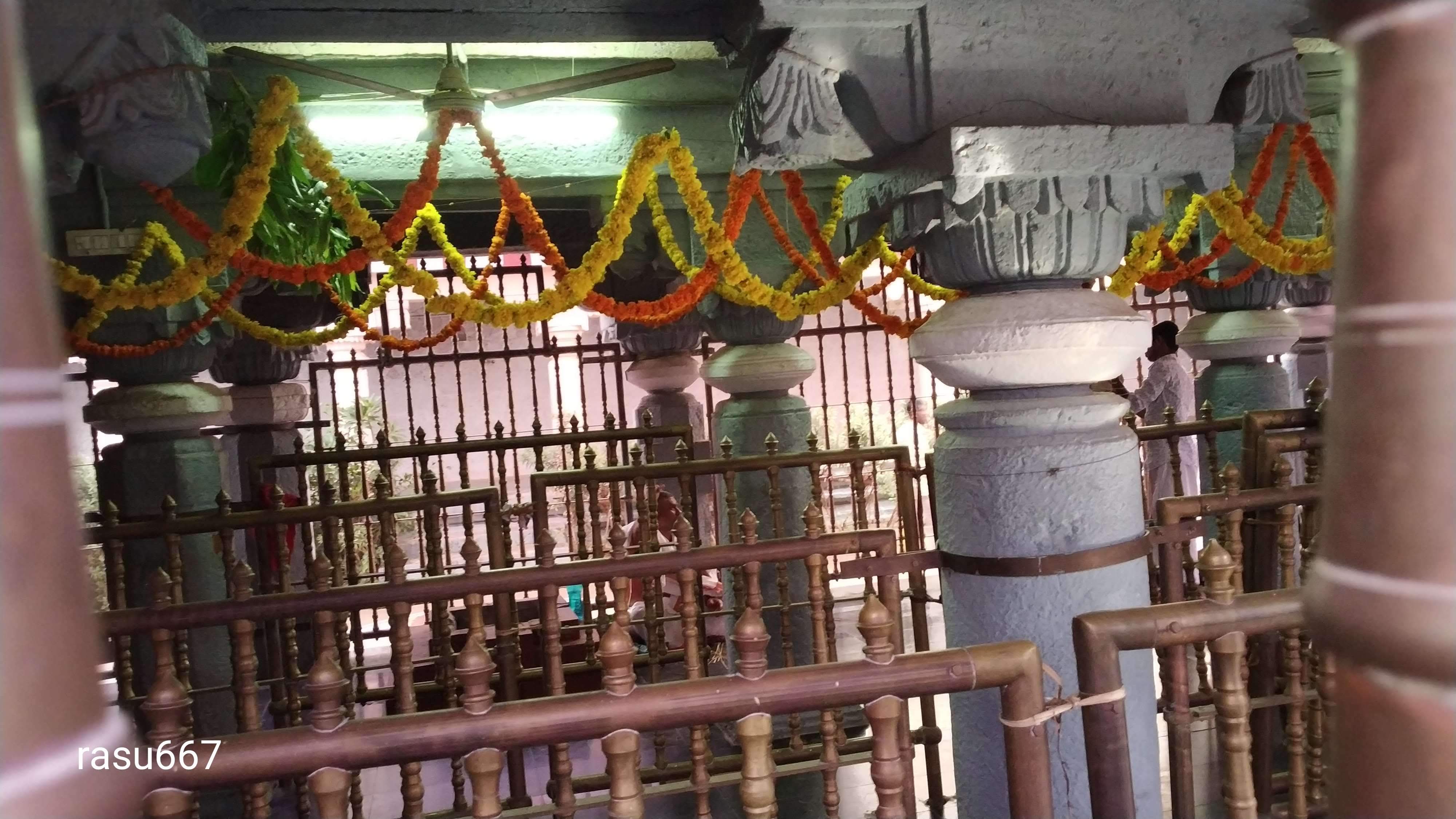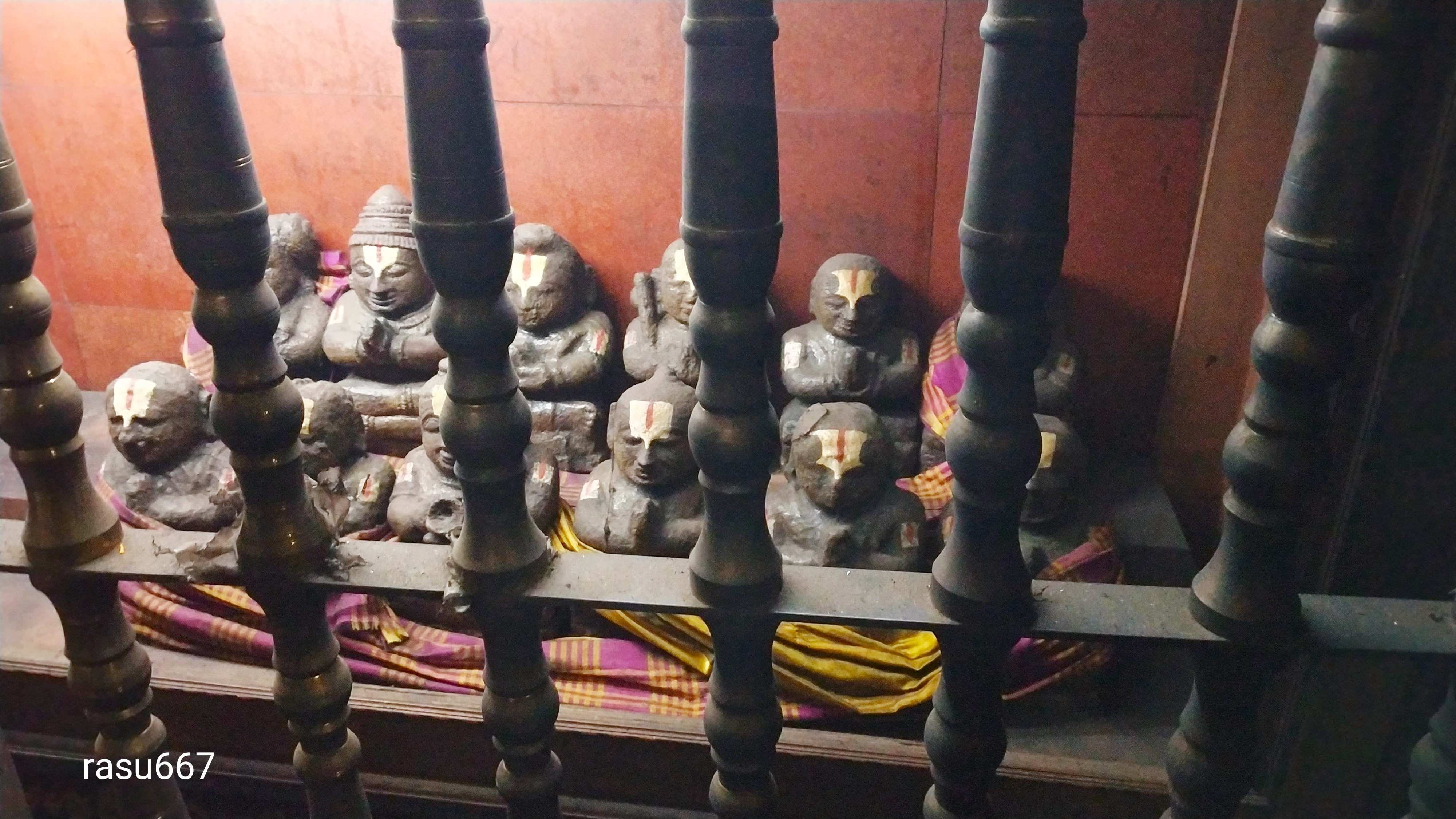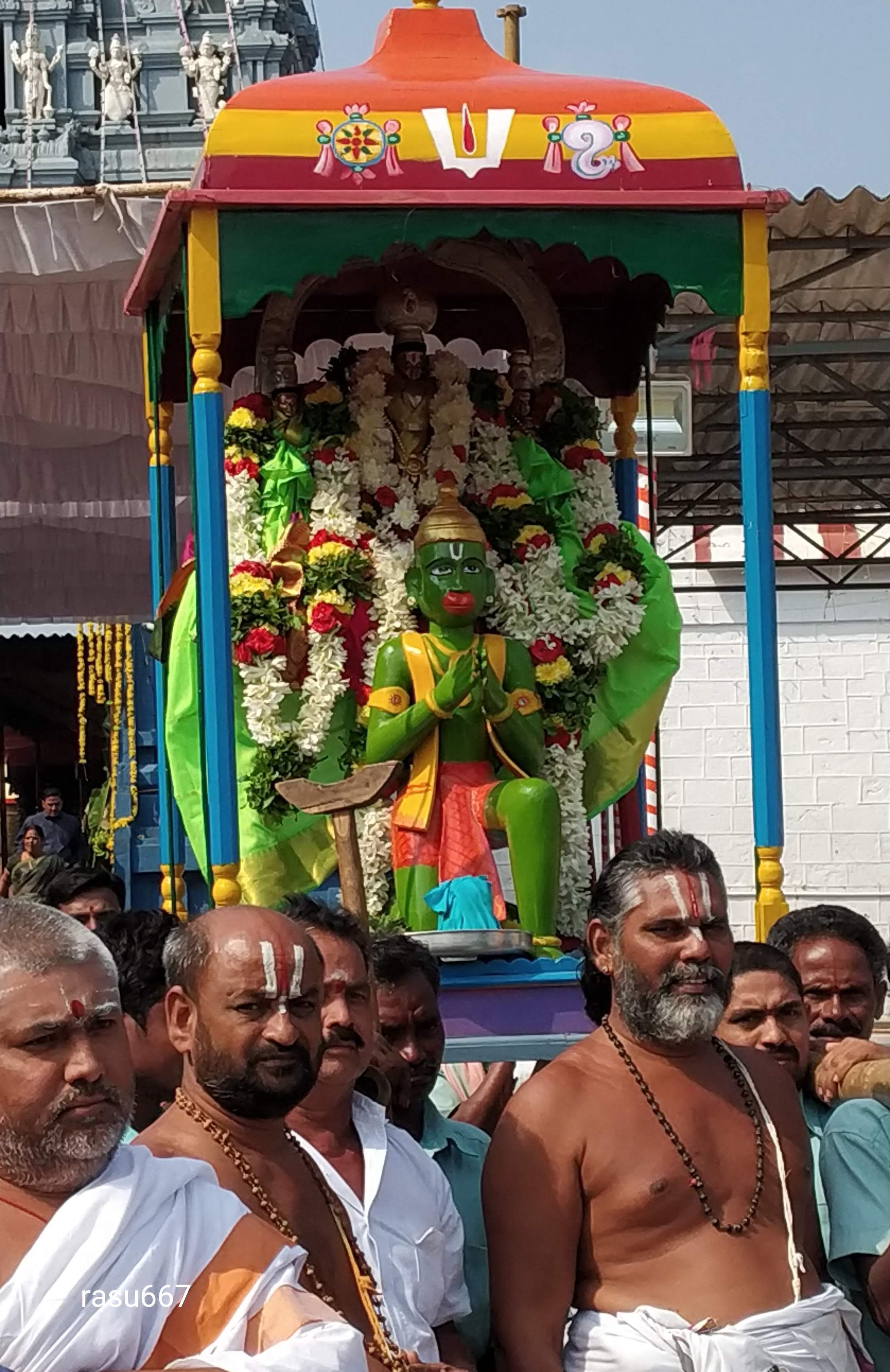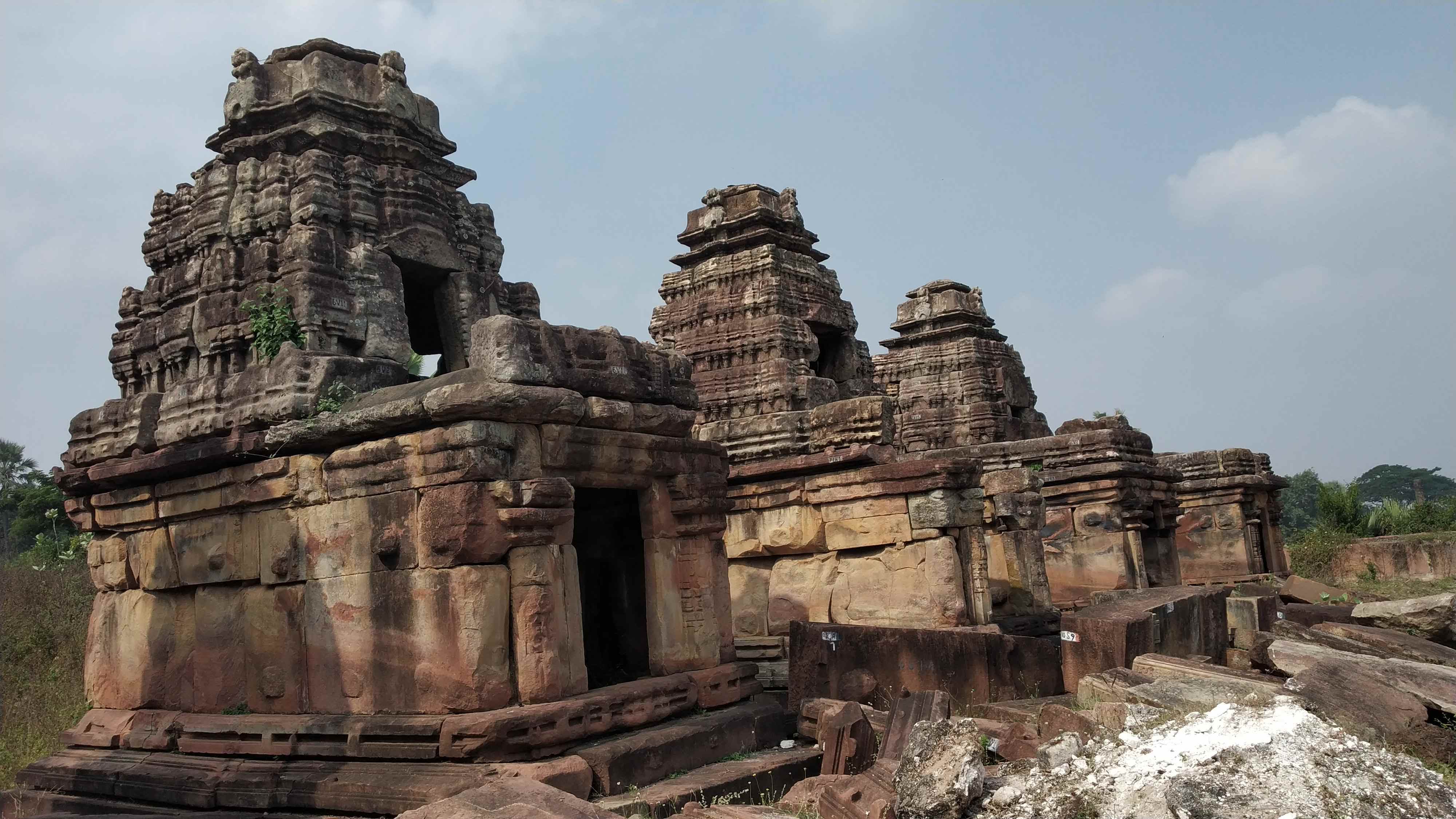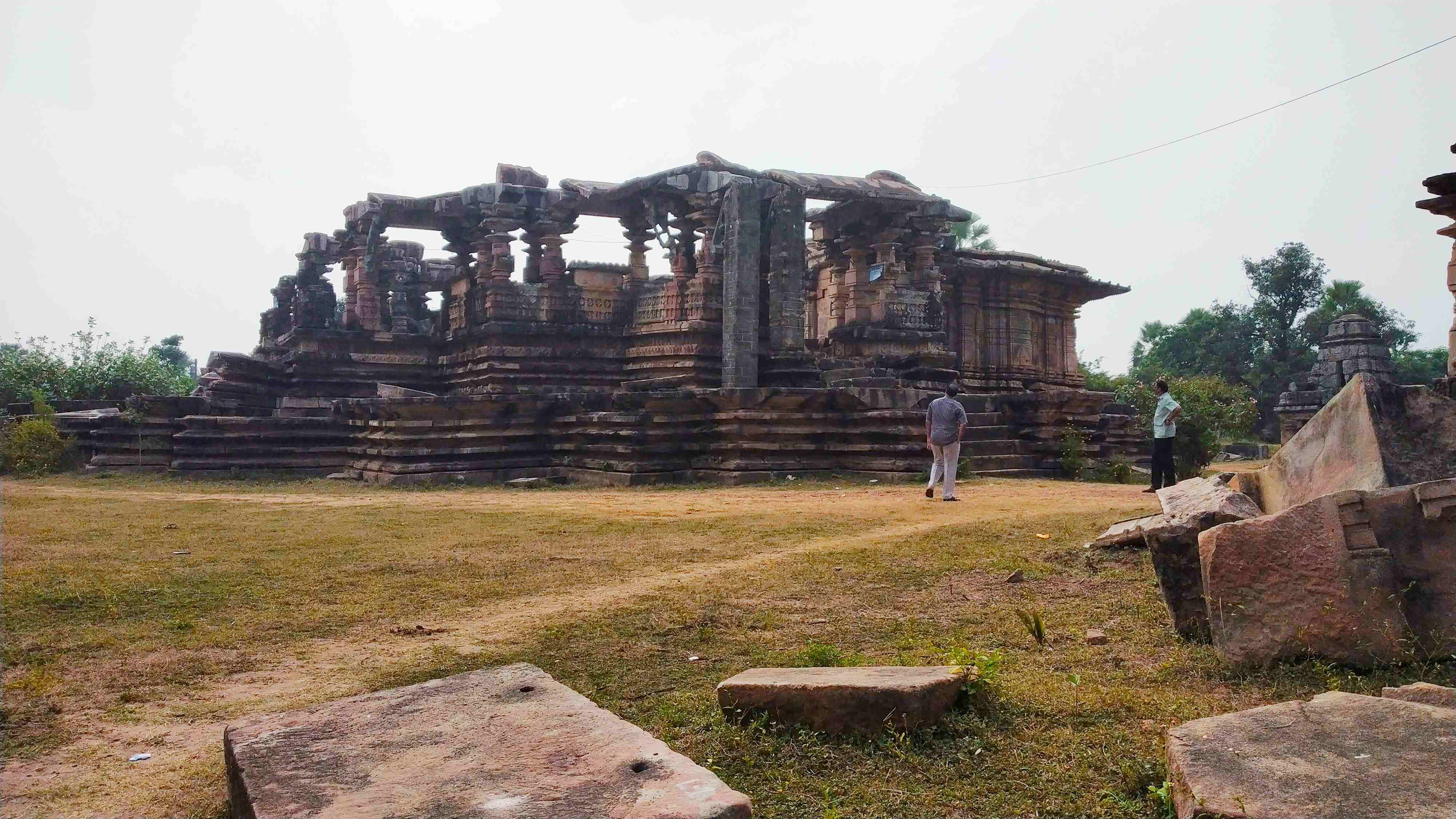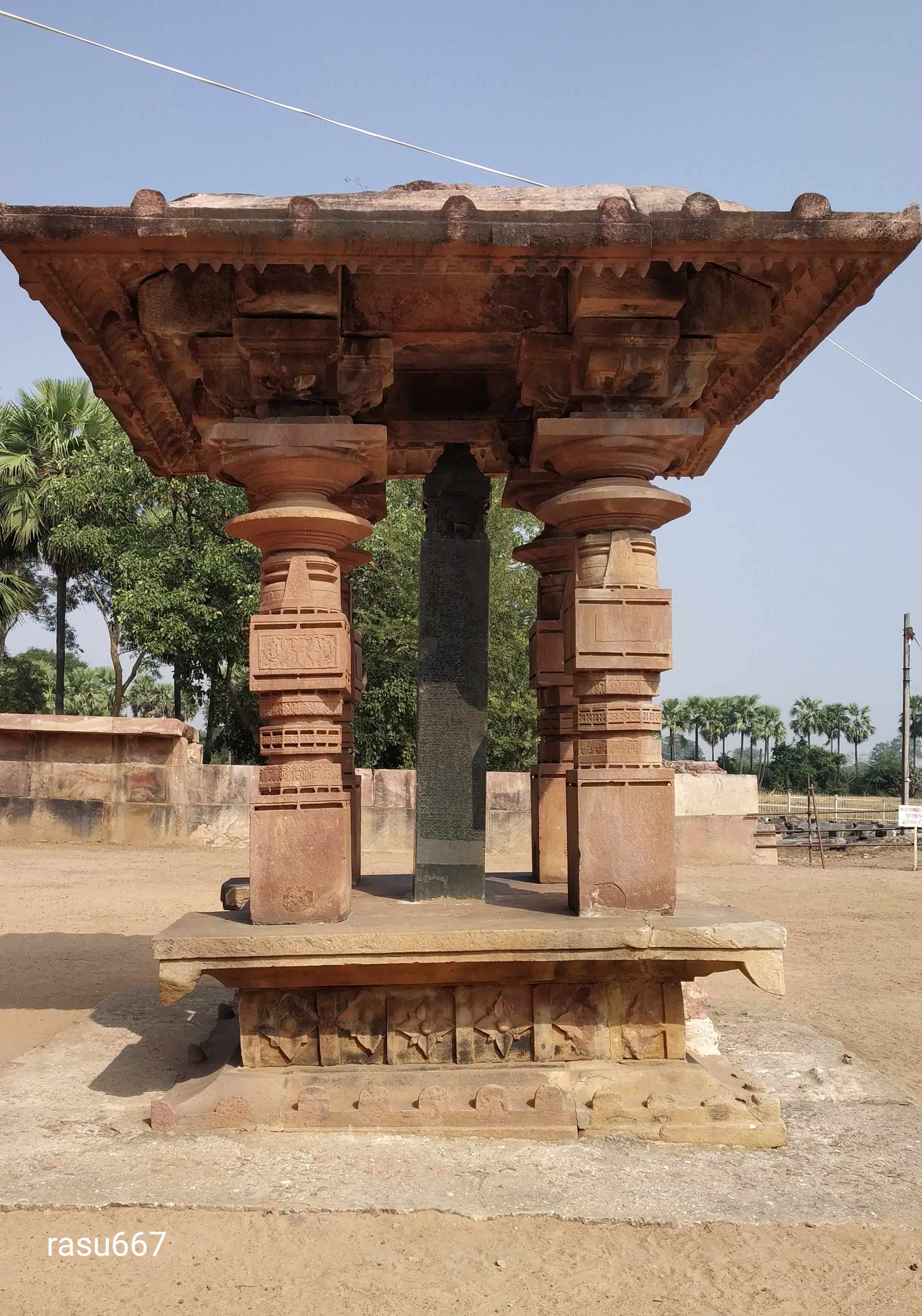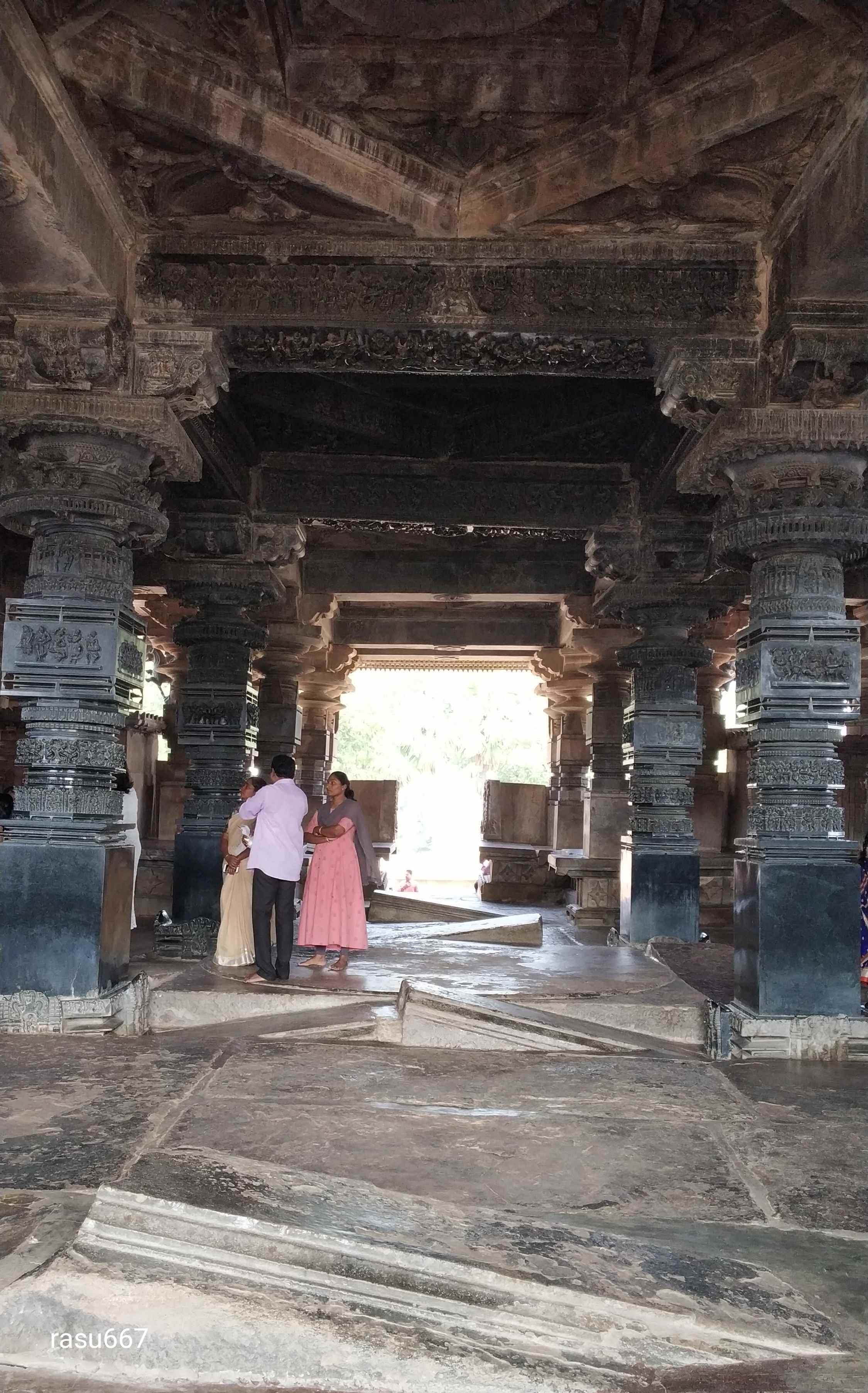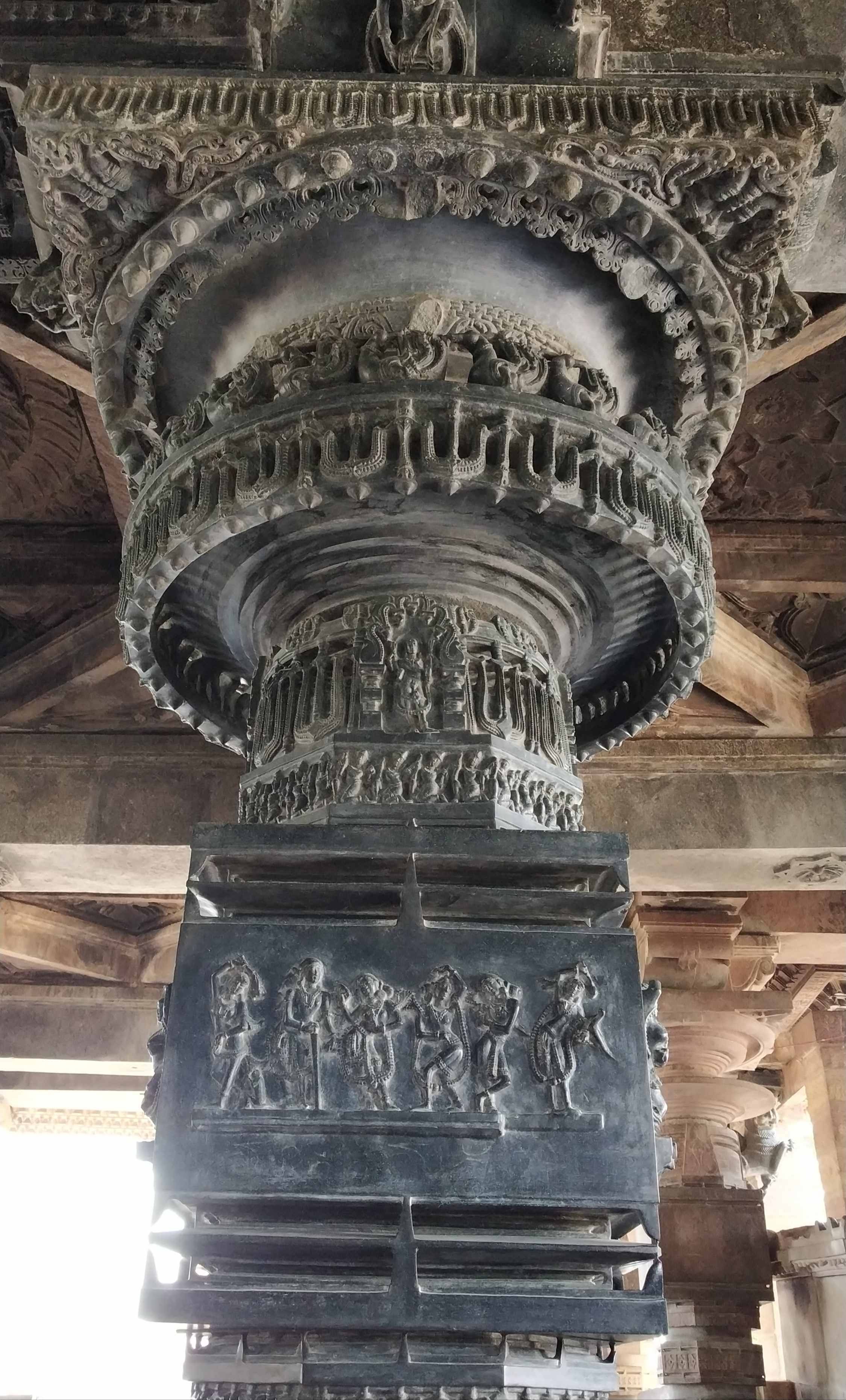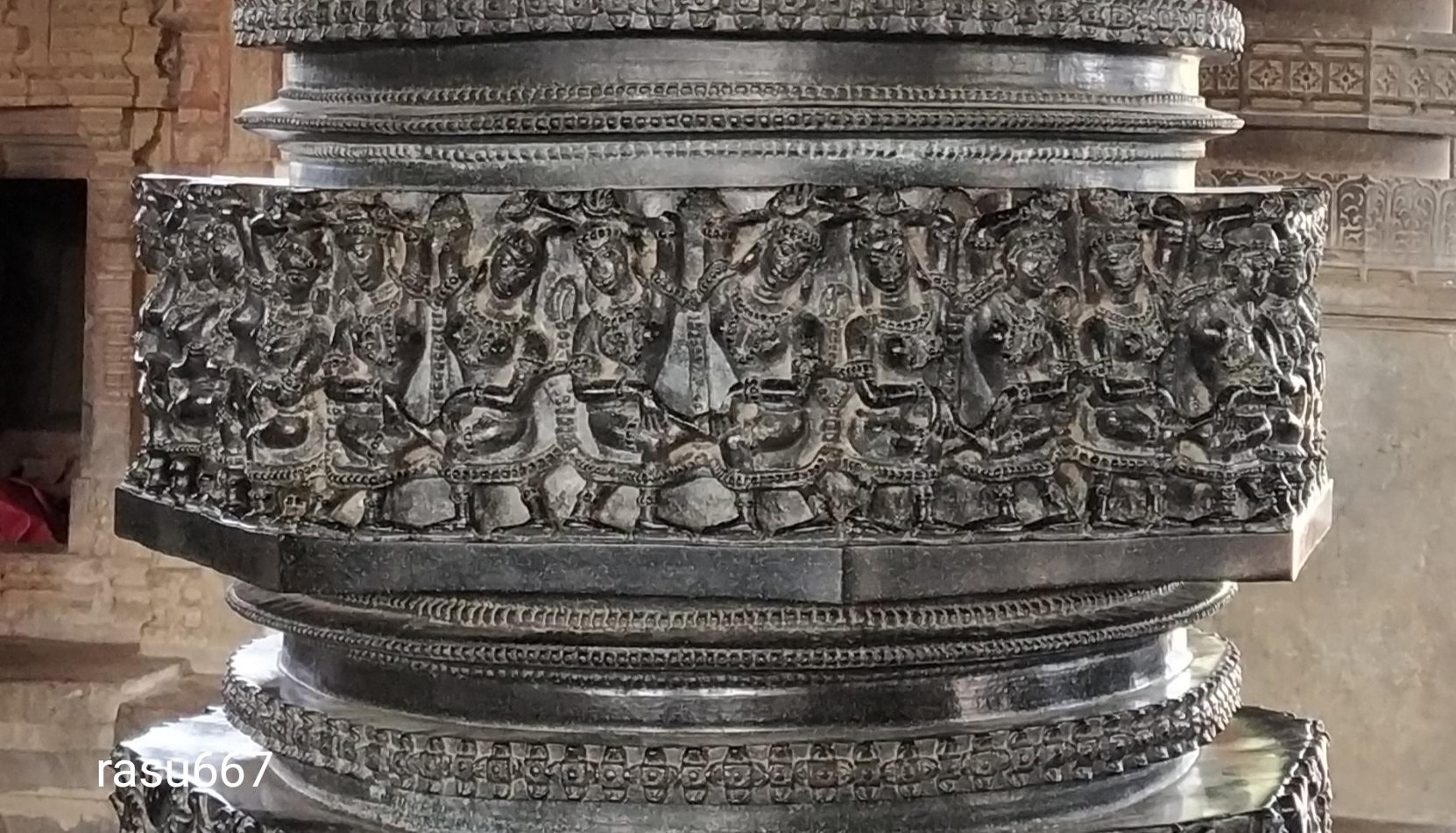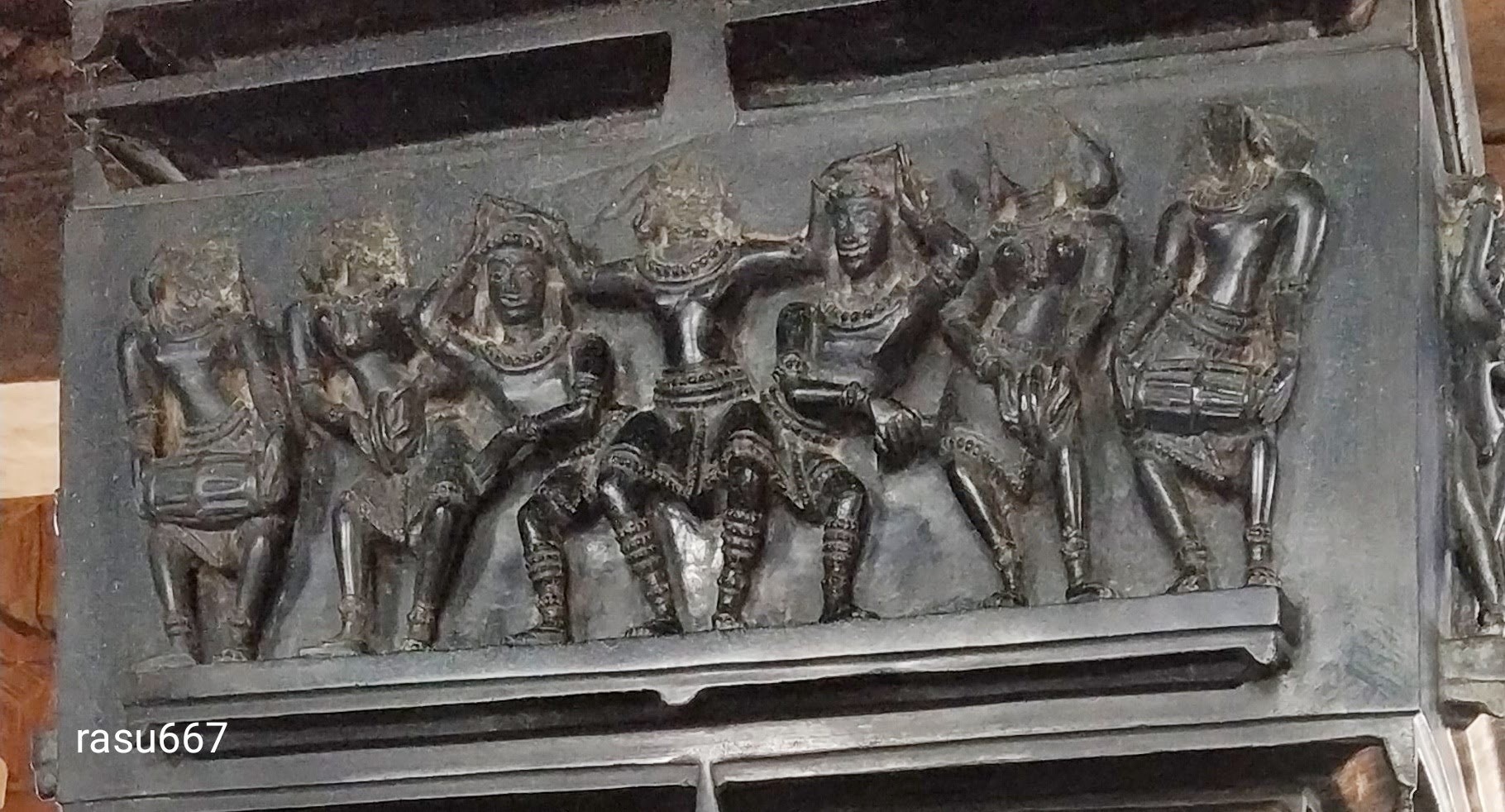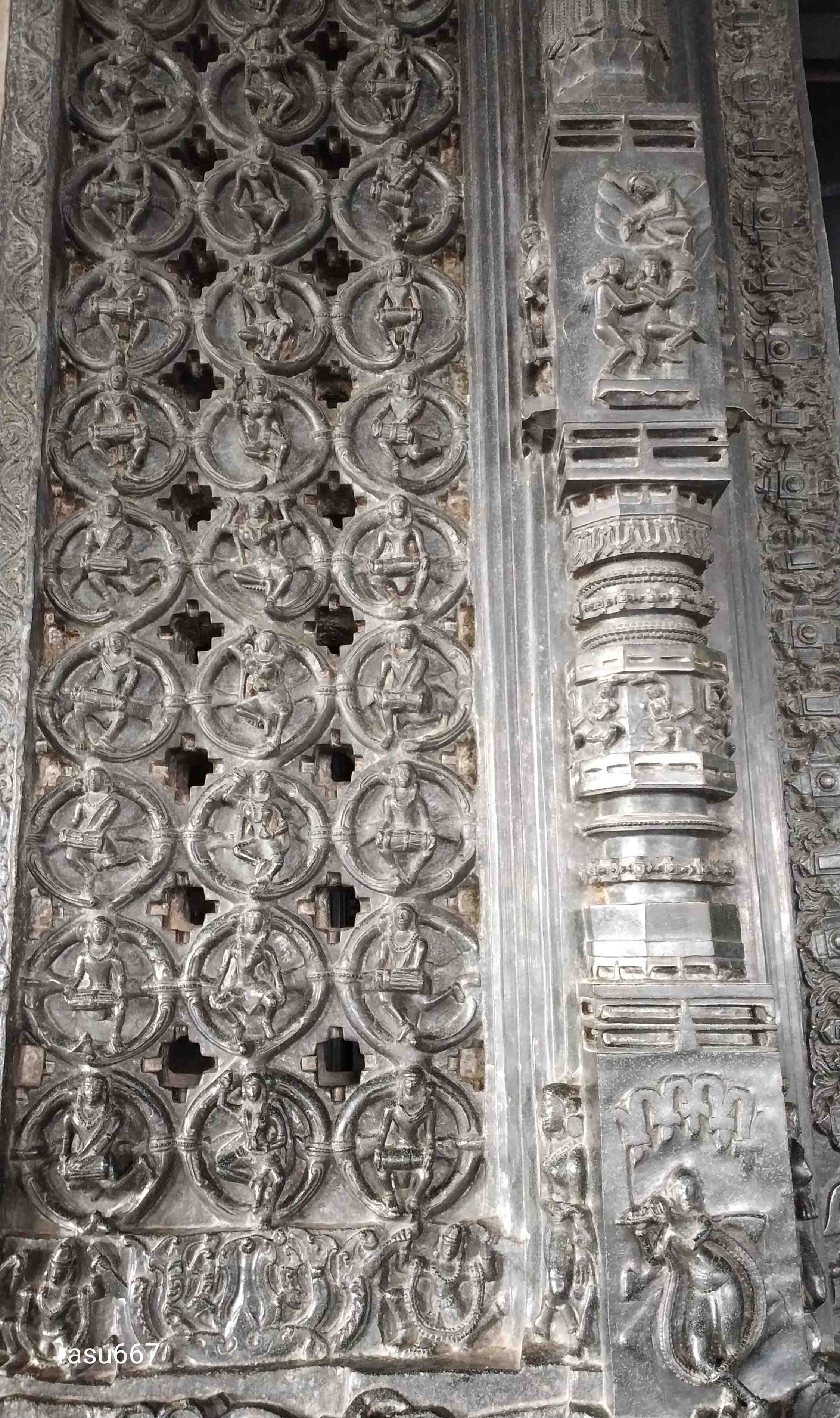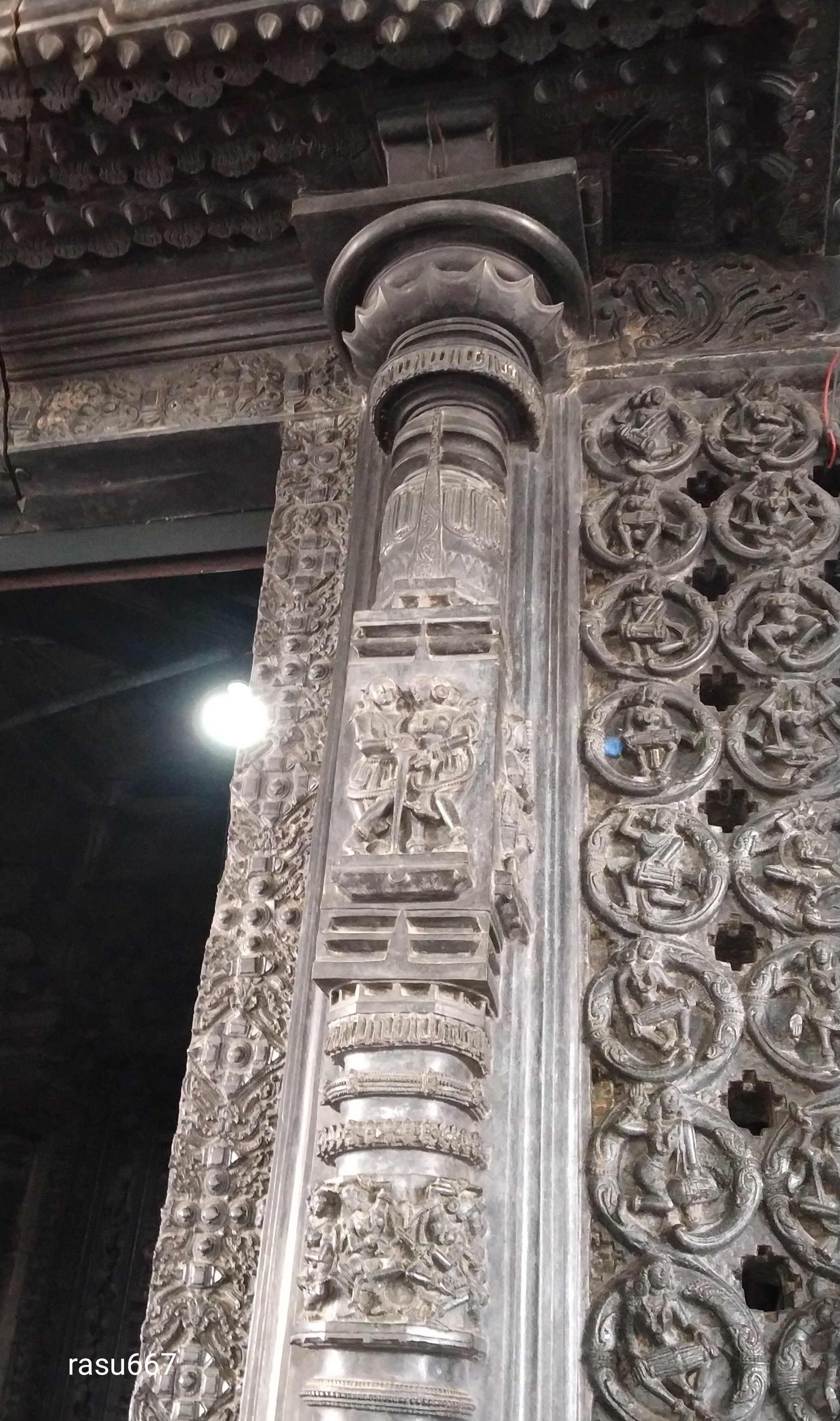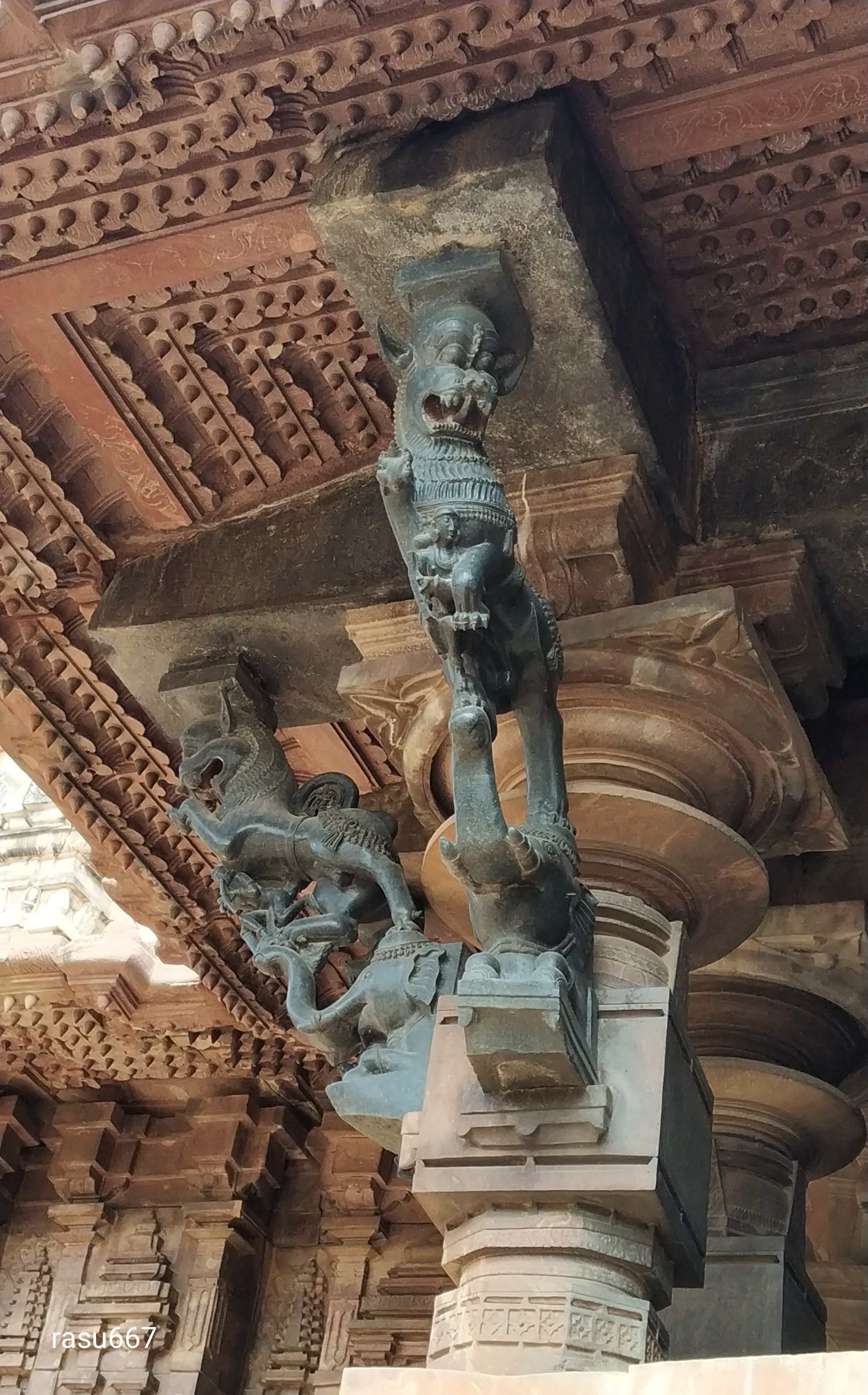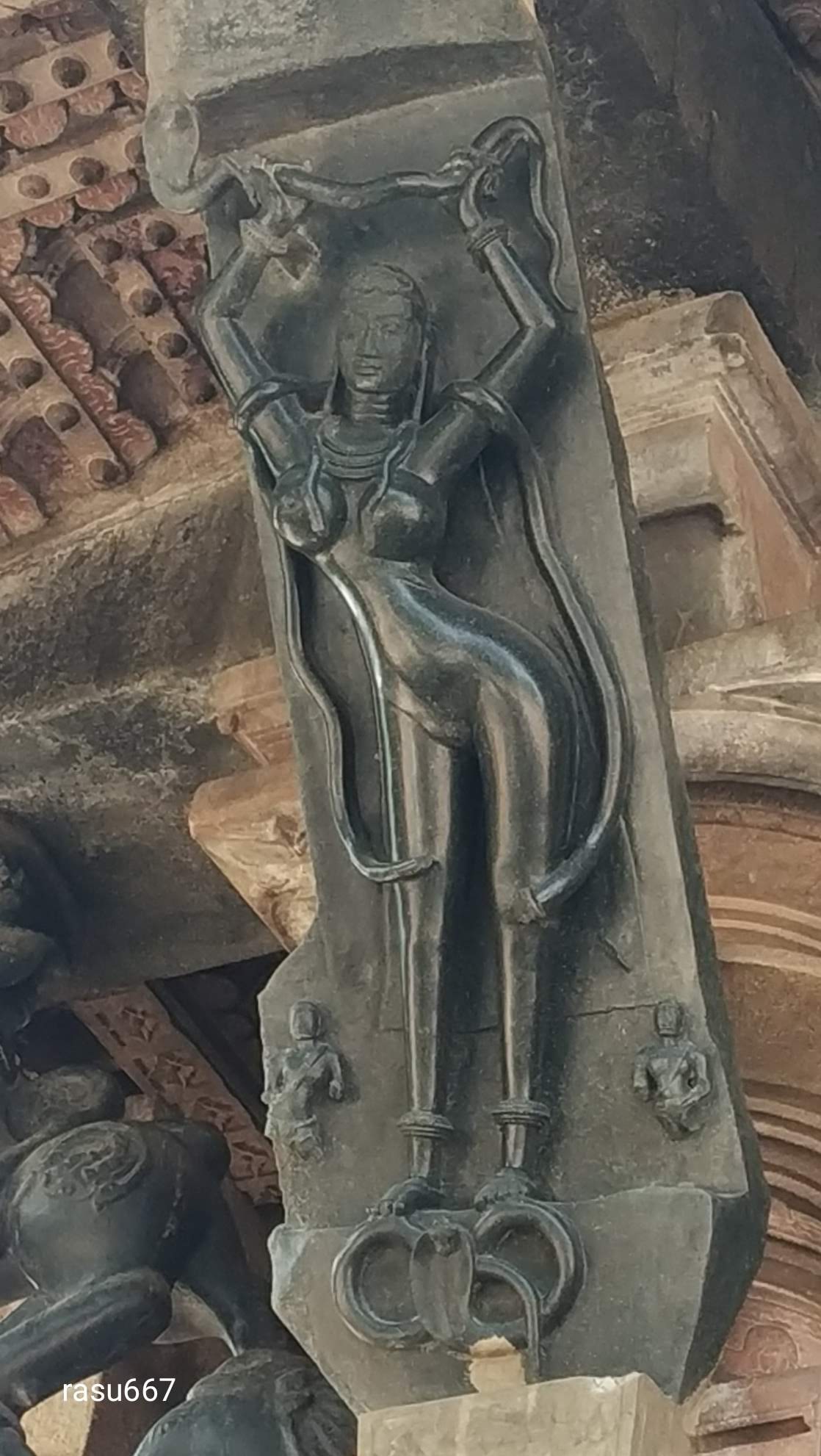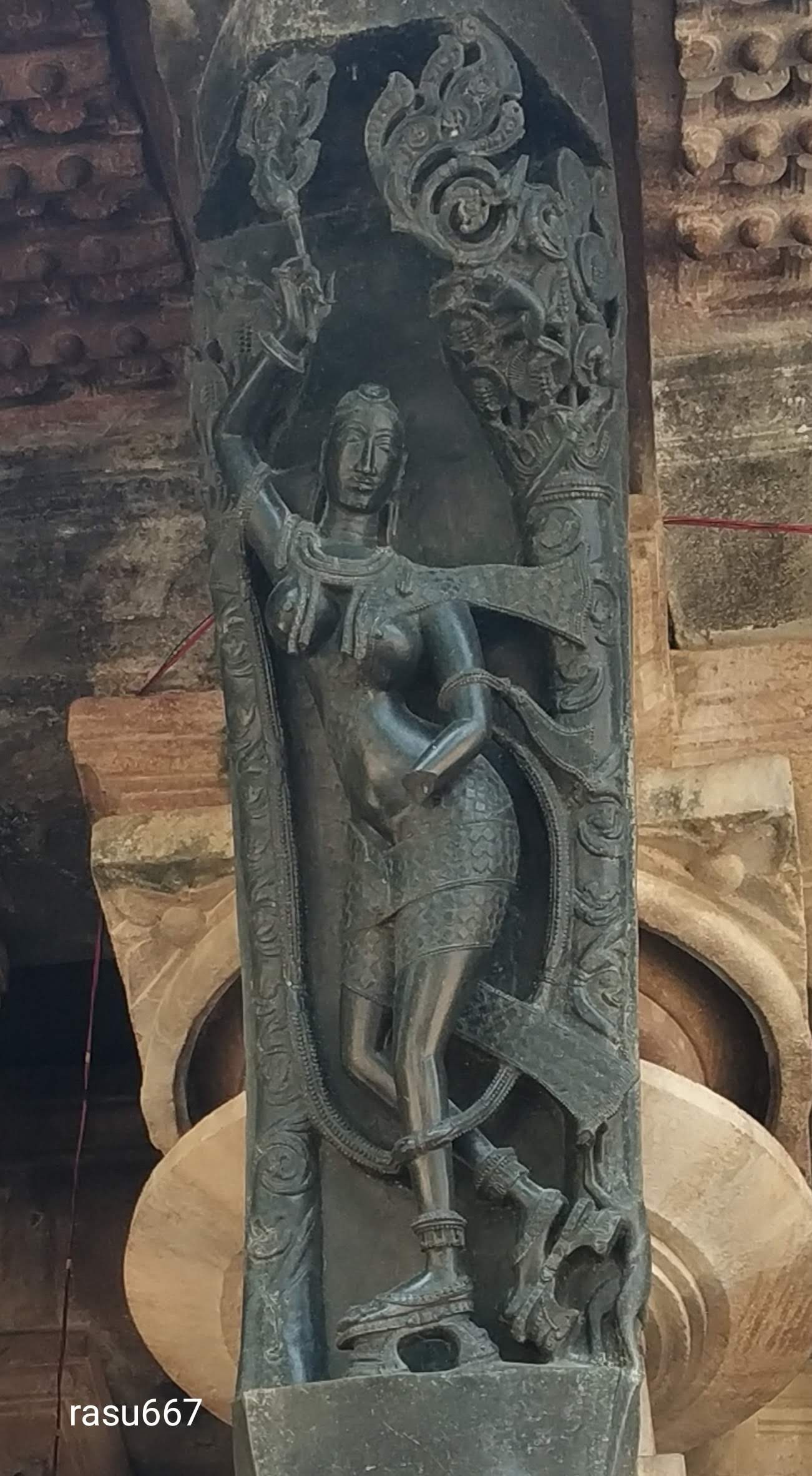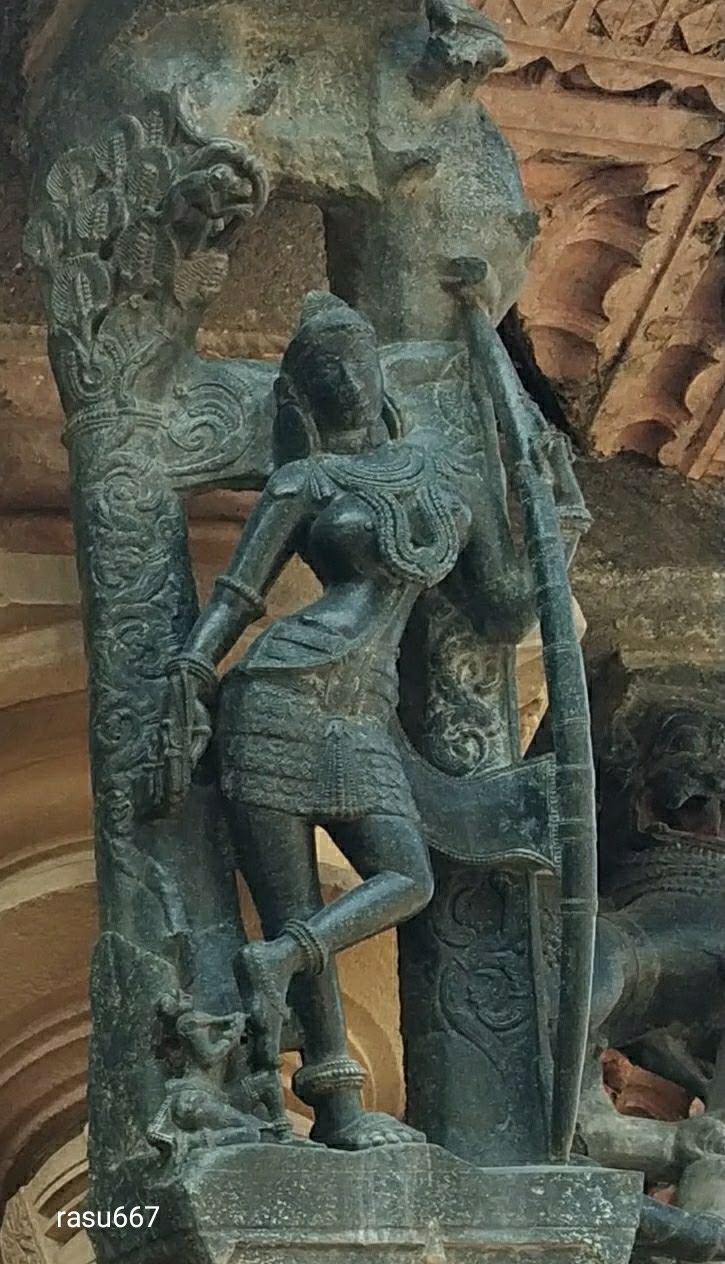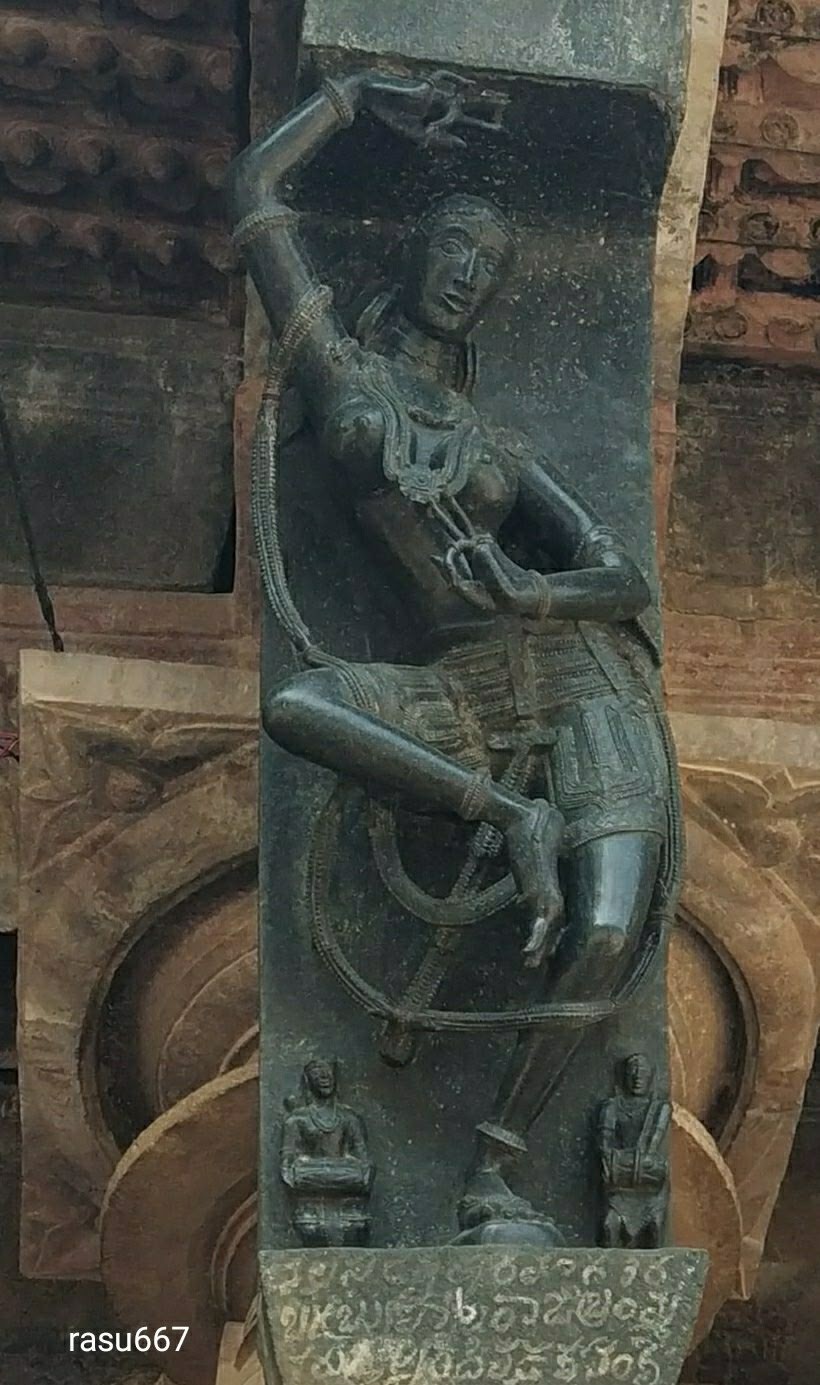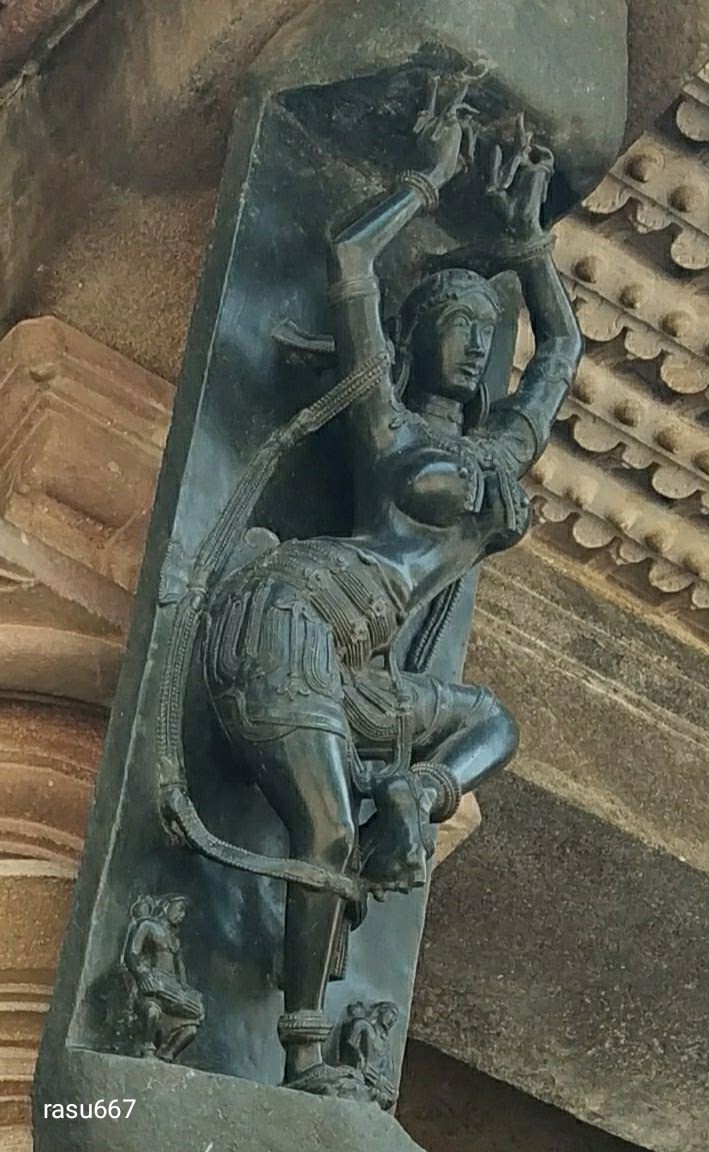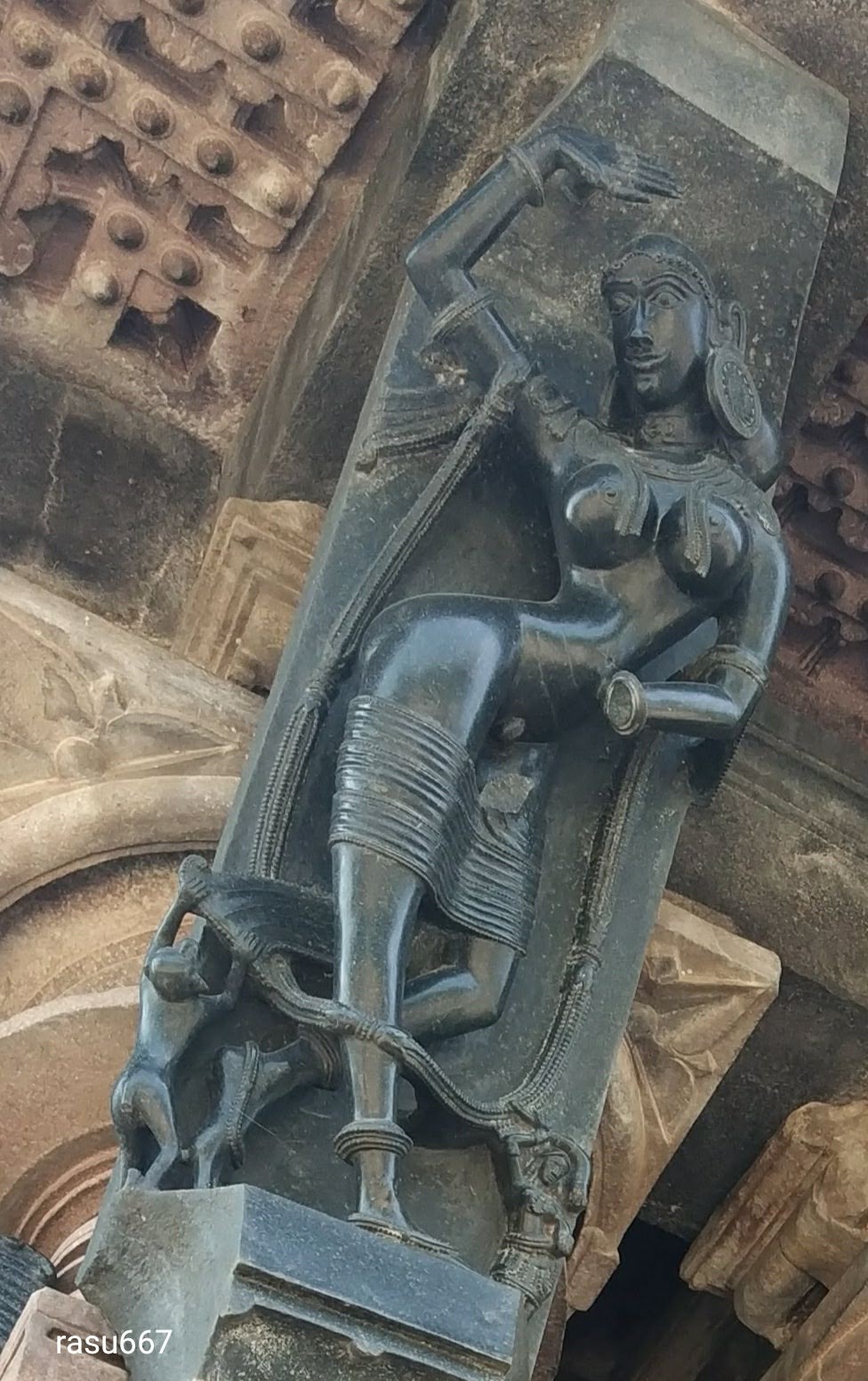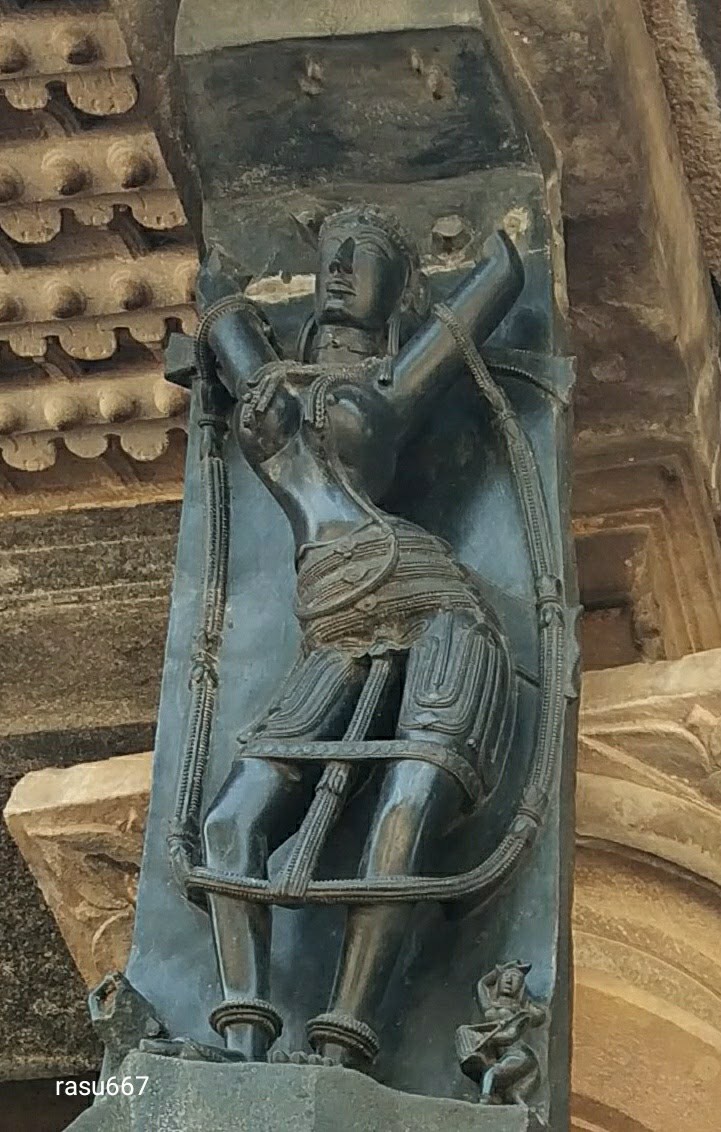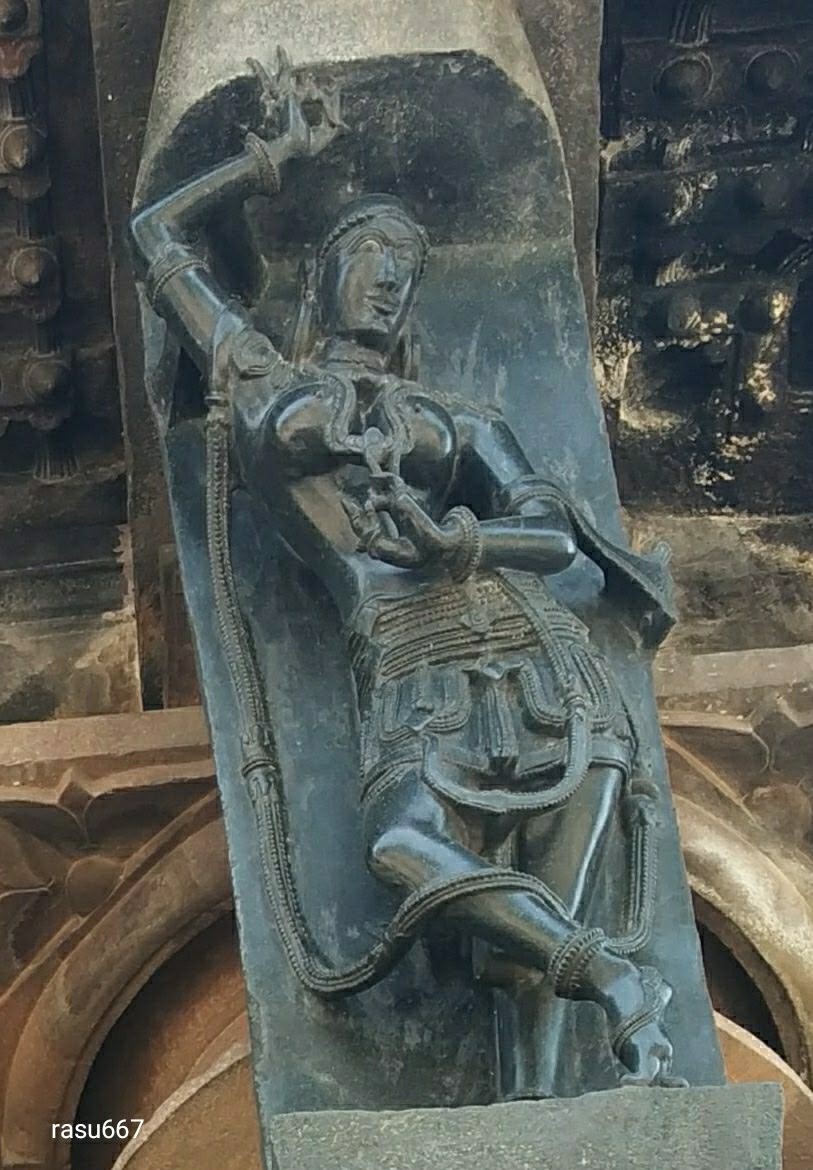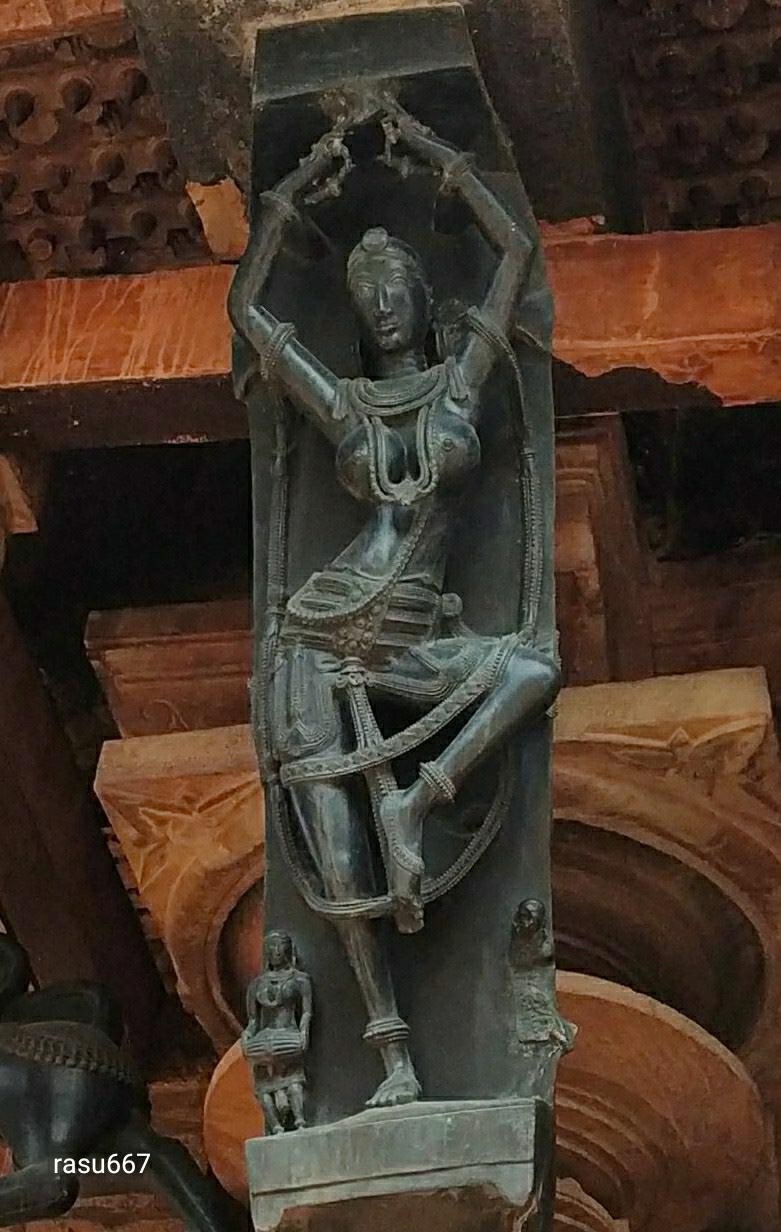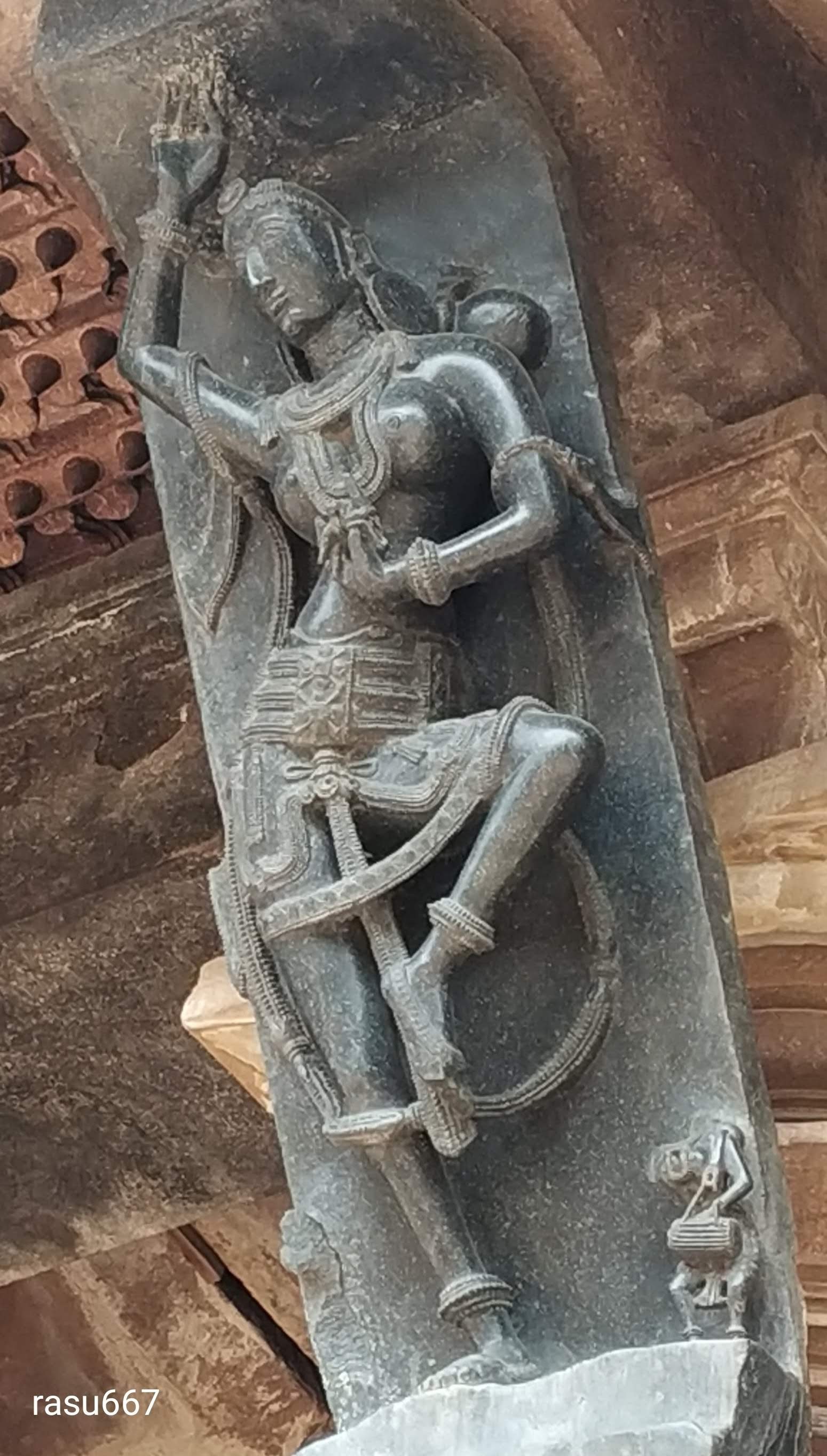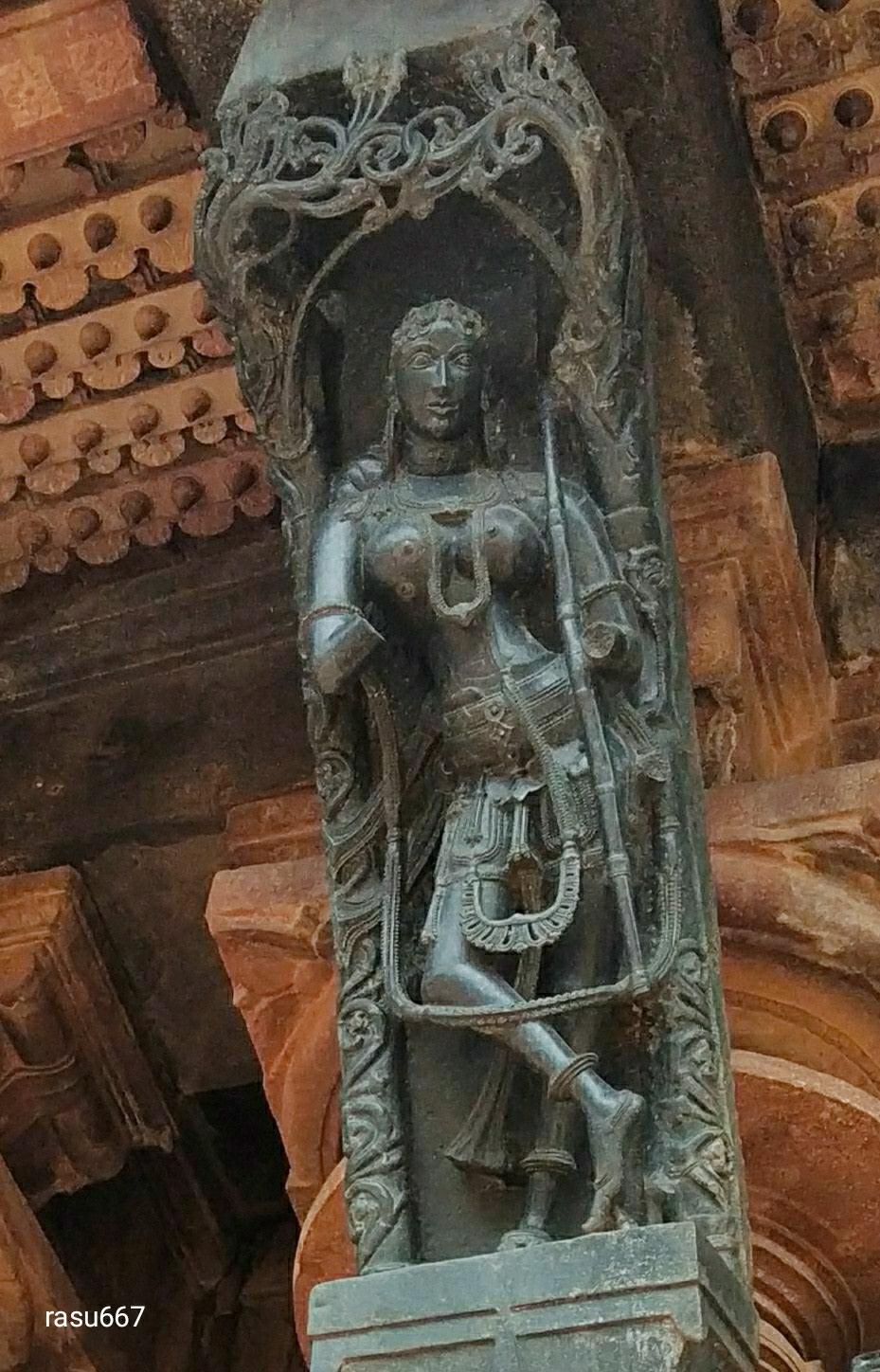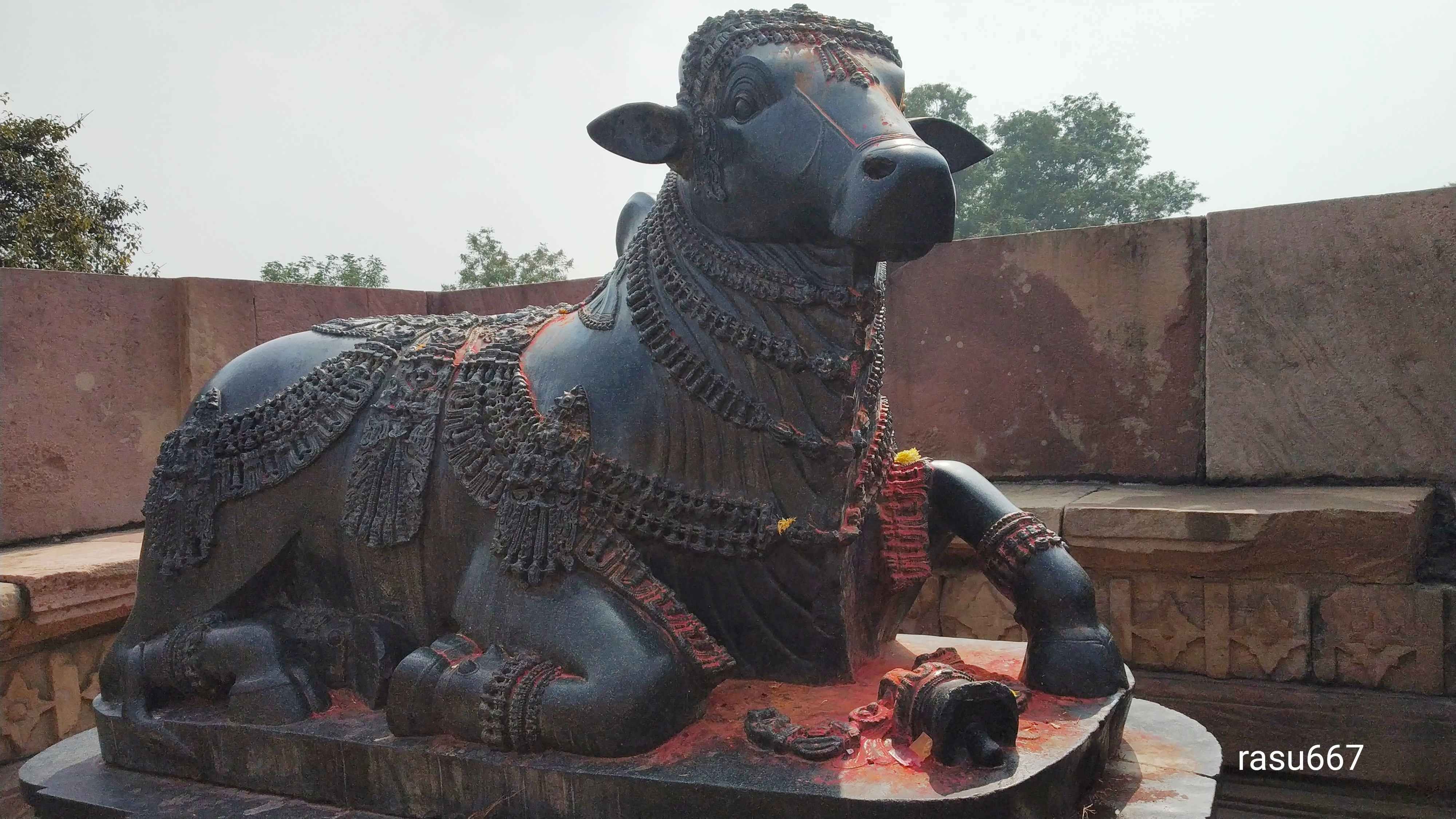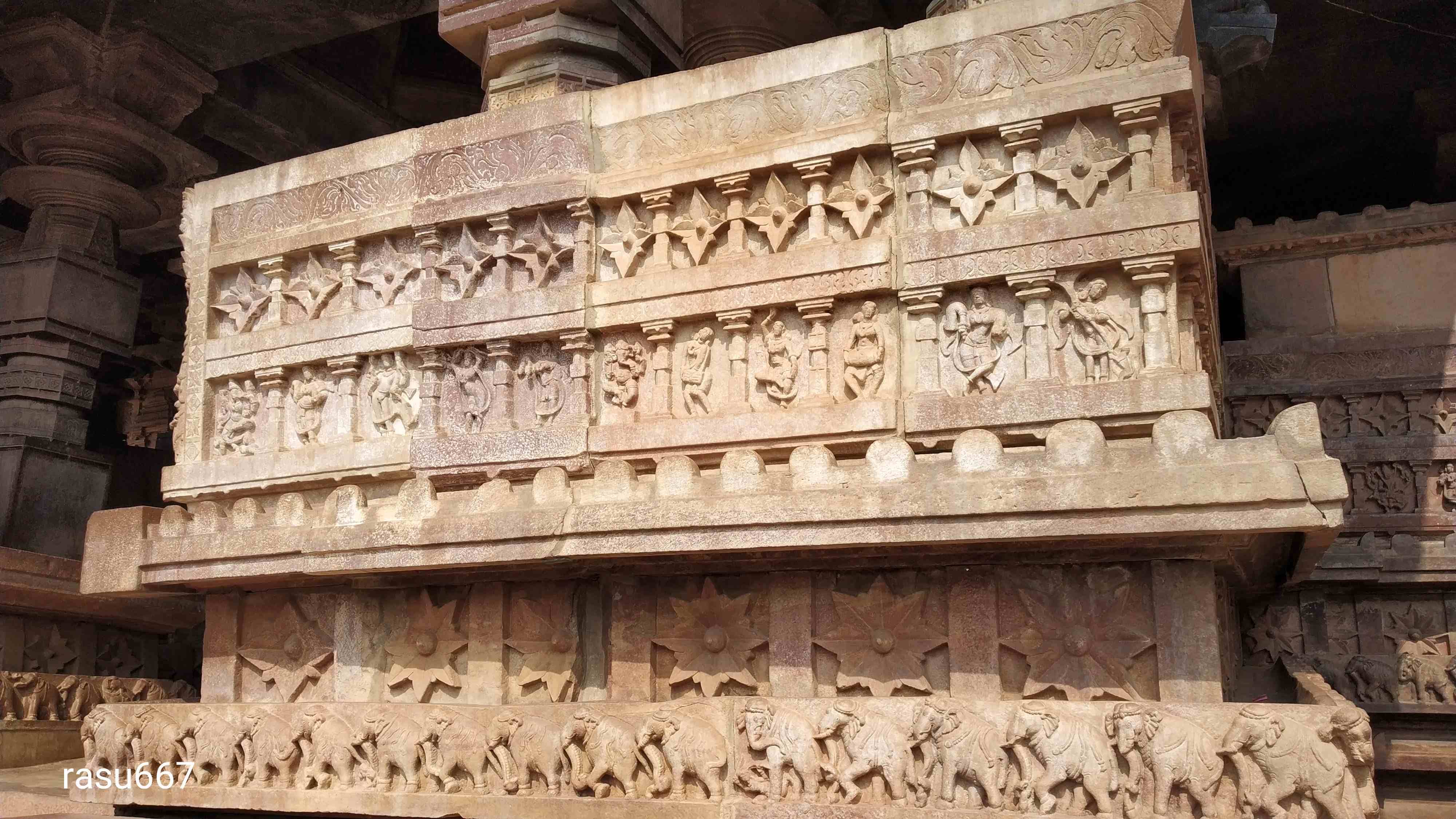The river Ganga or the river Ganges as she is also known as, has a very important place in Hinduism. She is known as the holiest of rivers and a bath in her waters is said to relieve us of our sins. While I have a lot of respect for our scriptures and itihasas, I prefer my experiences to speak for themselves.
Ten years ago, we planned a trip to some places in Uttarakhand. A trip to Haridwar and Rishikesh was part of it. We directly went to Dehradun to my cousin’s place and he took us to Haridwar in the late afternoon. Wanting to witness the Ganga aarti at Har ka pauri, we went onto the ghat.
There I had my first sighting of the Ganga. I was mesmerised. She pulled me into her aura. From then on, she became Ganga Ma for me. At Har ki Pauri, on one side the flow is a bit sedate, while the other side has a little stronger flow. Sitting there waiting for the sun to go down and the aarti to start, I sat beside her for more than an hour. It was such a blissful time, just to enjoy her flow and let her aura wash over me. Then the aarti started and it was such a beautiful spectacle to see. People come in lakhs just to experience the aarti.

After the aarti, I saw many people leaving Diyas in the water. I asked why people did it. Someone told me that if we have departed family members, we leave a diya in Ganga for them, wherein she blesses the departed soul. My mother in law had passed away the year prior to that, so immediately I told my husband that we would leave a diya for attayya. A priest made us say the mantras and we left a diya and flowers in the flow of Ganga Ma, asking her to give her blessings.
I normally back away from taking a river bath. The only time I do that is when there is a special time like Pushkarams (the holy time that comes every 12 years for many rivers). But I promised myself that I would come again to do Ganga snaan. Filling my heart with the beautiful sight of her, I left that day.
Two days later, I went to Rishikesh. There she flows much stronger.

At Rishikesh, we went to the Lakshman Jhoola and some more places. We went to the Triveni Ghat too but did not take bath there. After sprinkling her water on ourself we went to Neelkant Mahadev. While many people go for rafting in the Ganges at Rishikesh, I was just happy seeing her flow.
Six years ago I went to Haridwar again and as I had promised myself that I would take Ganga snaan, I took bath in her holy waters at Haridwar. Incidentally it was the time of Ardh Kumbh Mela at Haridwar. So without my knowledge I took snaan in her holy waters during an auspicious time. There were not too many people there at that time, so I felt very happy.
The year after that, in 2017, we planned a trip to Uttarakhand again, desiring a darshan at Kedarnath and Badrinath. While travelling to these places, we saw the panch prayag of Ganga Ma. The places where two rivers meet where finally she becomes the mighty Ganga. The panch prayag are Vishnuprayag, Nandaprayag, Karnaprayag, Rudraprayag and finally Devprayag from where she reaches her full form.
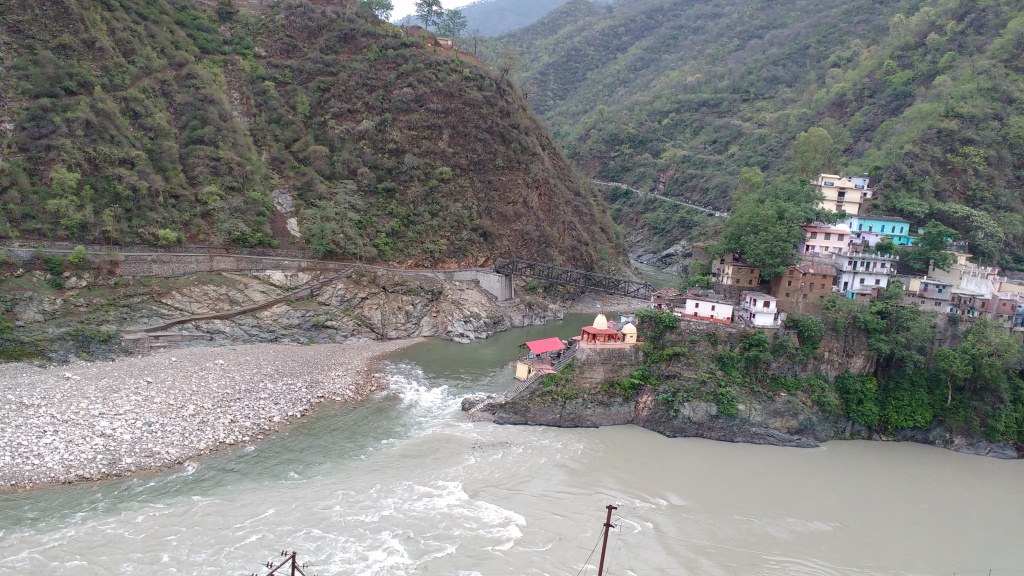
At Rudraprayag we were lucky to secure a room right on the banks of the prayag. This was the view we had from our room balcony. Here the rivers Mandakini (left) and Alaknanda (right) meet. Waking up to such a wonderous sight, hearing her flow and basking in her glory, what more could we ask for? We were in no hurry to rush anywhere that day, so spent a lot of time enjoying this beautiful view.

We had stopped at Devprayag on the first leg of our journey, so we saw Devprayag before we saw Rudraprayag. Here the Bhagirathi river (green waters on the left) meets with the Alaknanda river (brown waters on the right) and finally becomes the mighty Ganga.
In February of 2019, I went to Mayapur to the ISKCON headquarters. Mayapur has the Bhagirathi river flowing beside it giving us the glimpse of Ganga Ma again.

Last month, in October 2022, we went to Varanasi. When we planned the trip desirous of doing some rituals for my father in law who passed away recently, while visiting the oldest living city Kashi for the first time is something to look forward to, I was very happy that I would be able to have the darshan of Ganga Ma again. That too in Kashi. Seeing her, having snaan in her holy waters and spending time near her was bliss.

The peace that envelops me when I am near Ganga Ma, her waters that mesmerize me, are my experiences of her. While she attracts wherever she is, when I go to the ghats on her banks, I feel the sense of peace a lot more. Maybe because it is of the holy chants that are uttered on a daily basis on the ghats. Until I am able to visit her the next time, I am happy with her memories.
Jai Ma Ganga.







